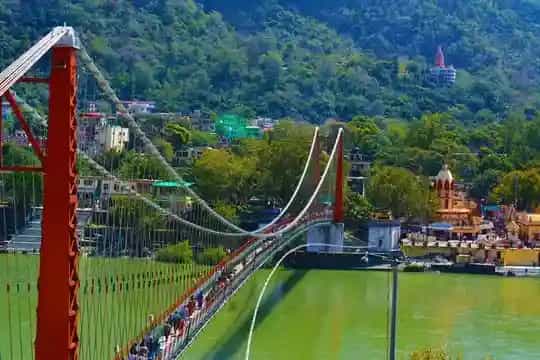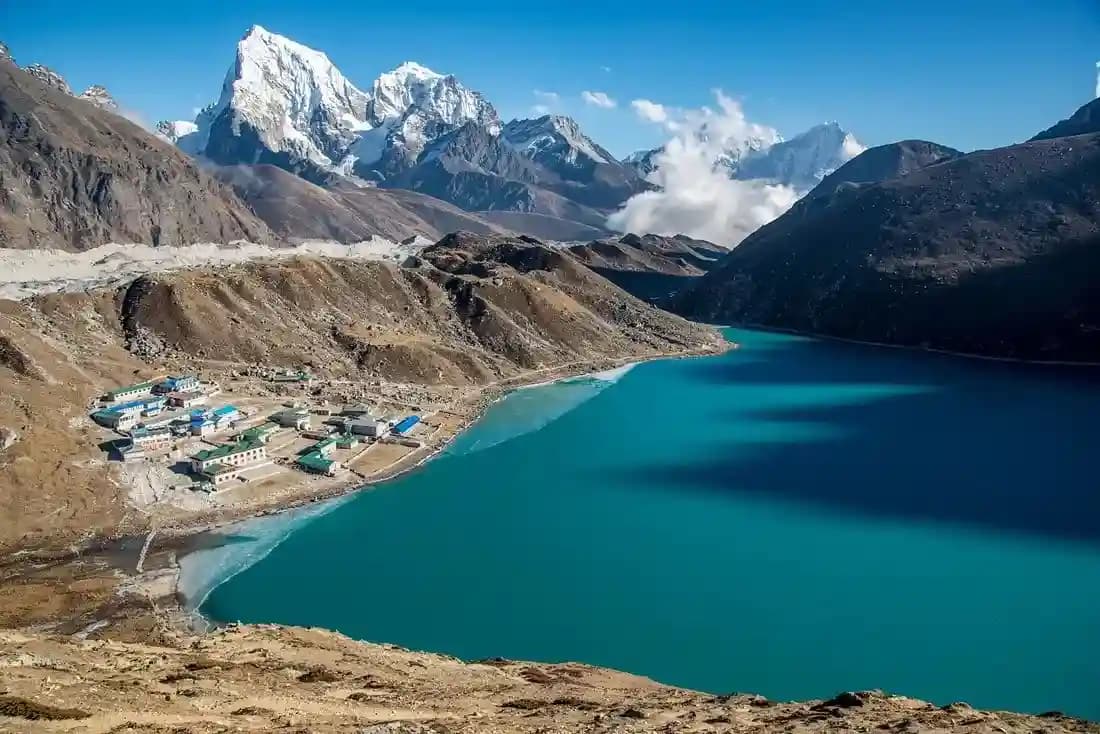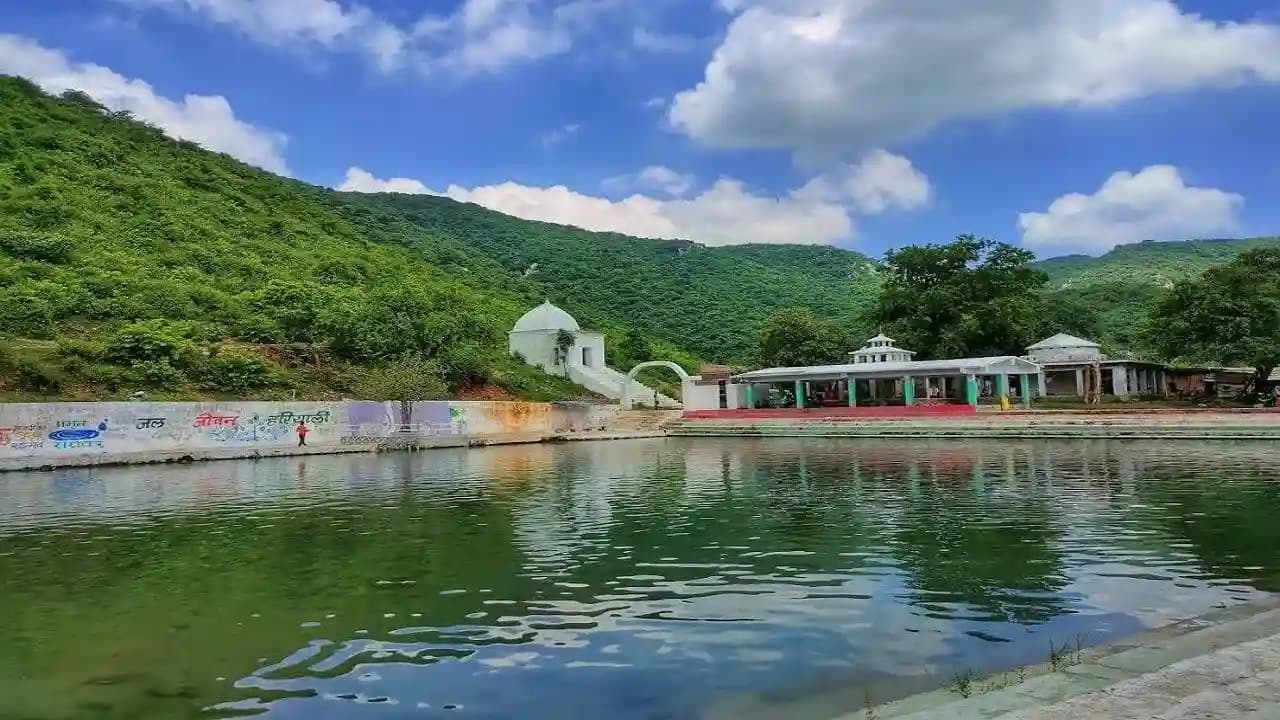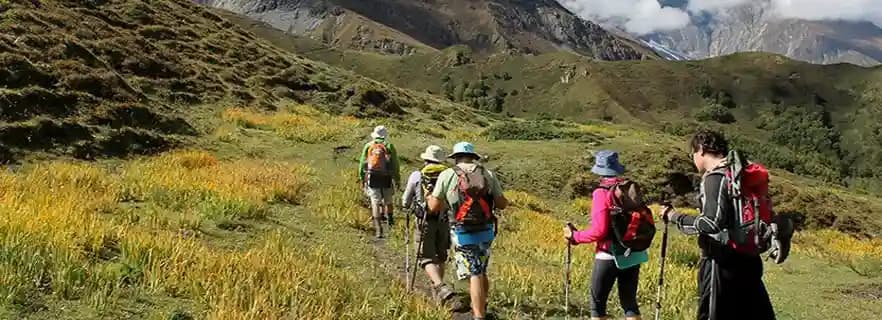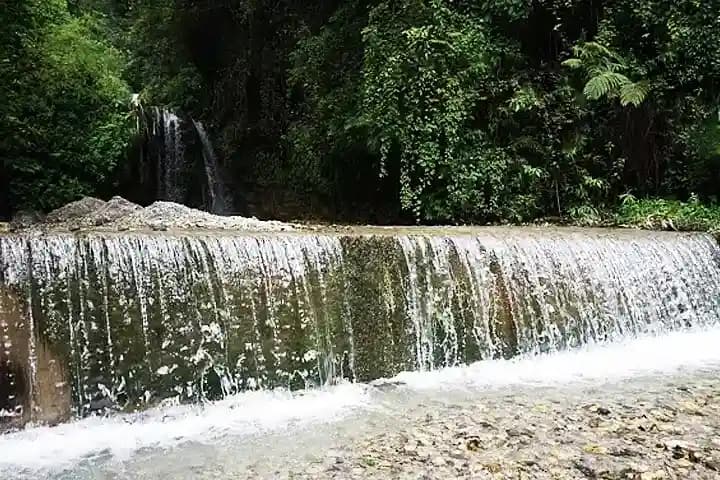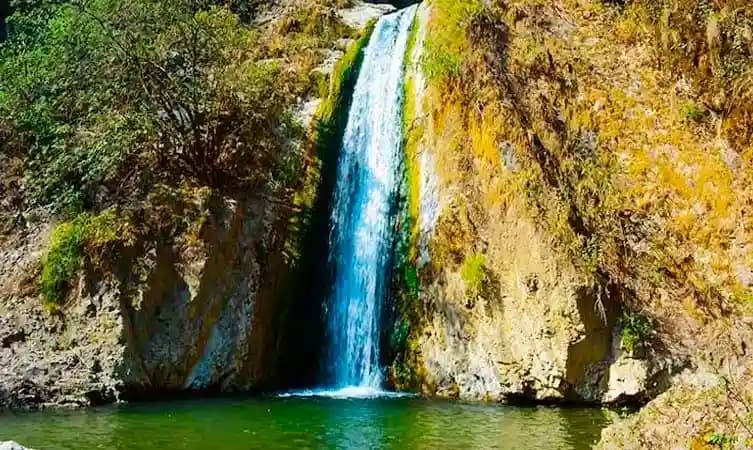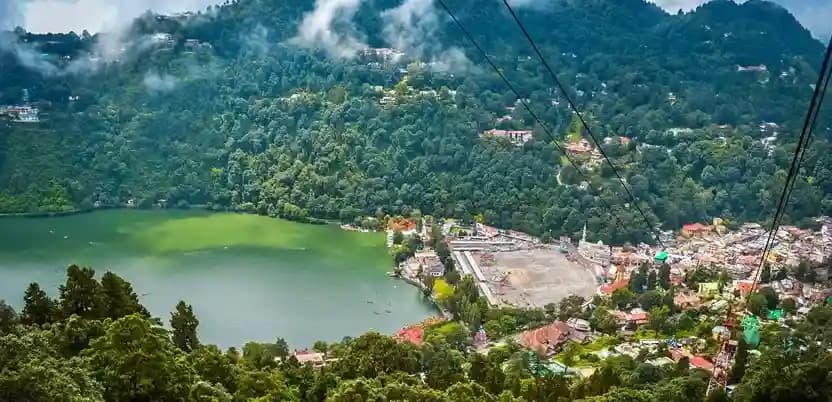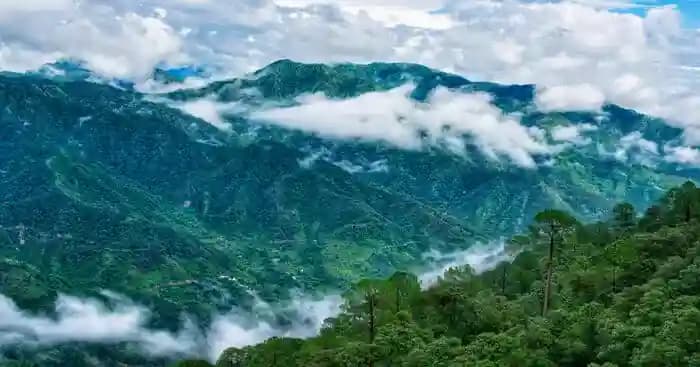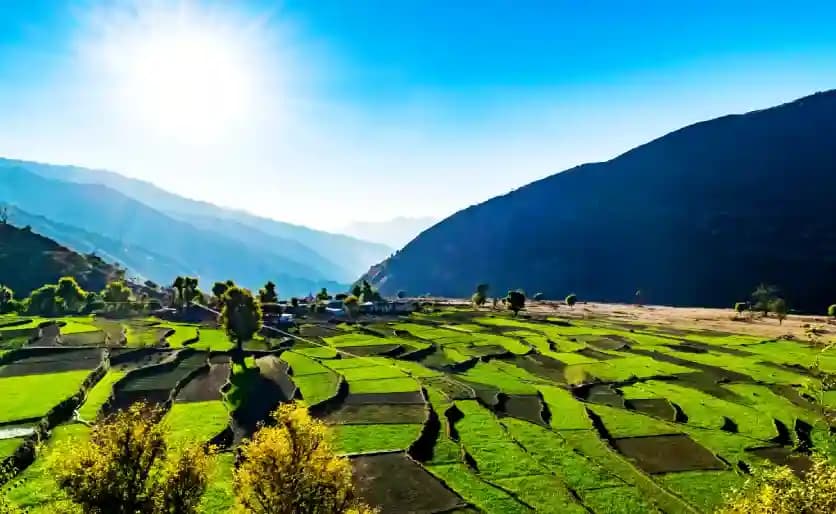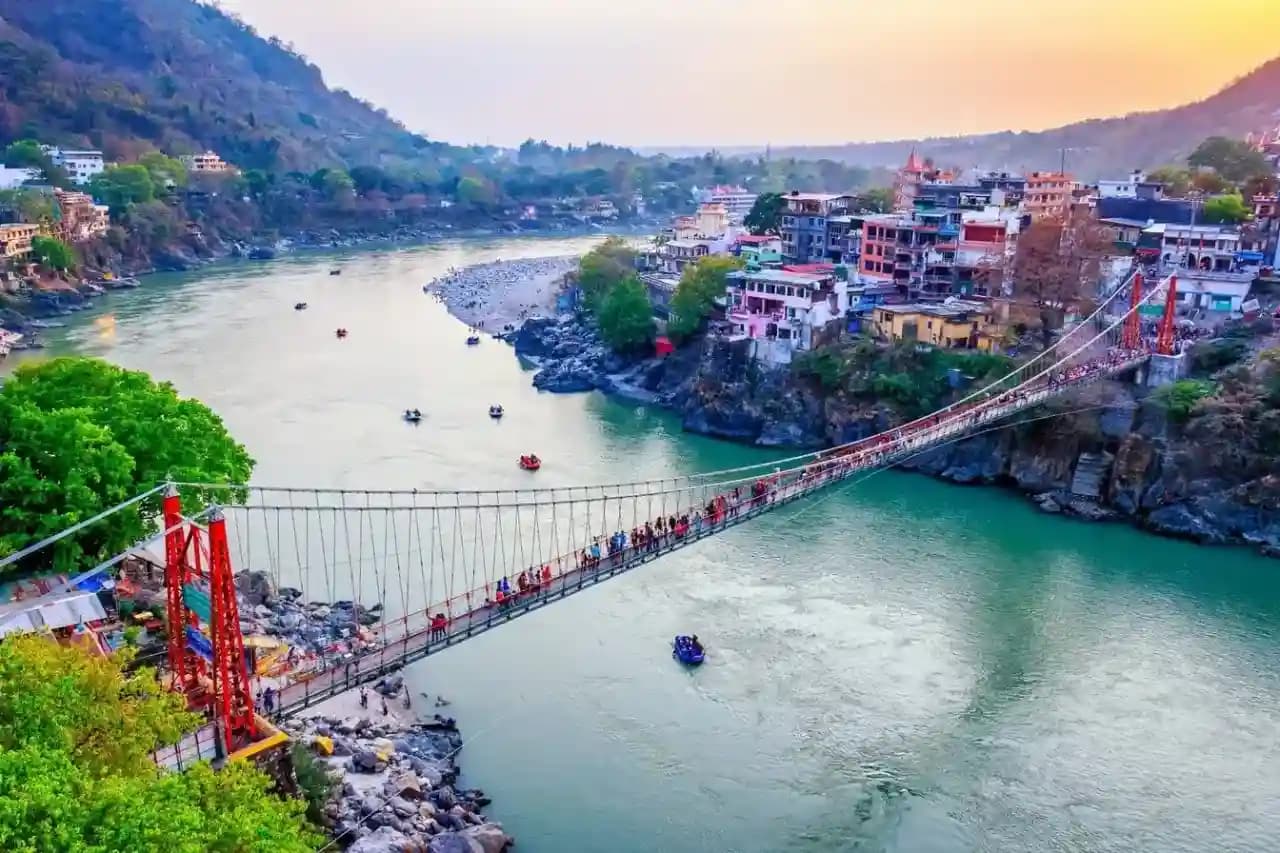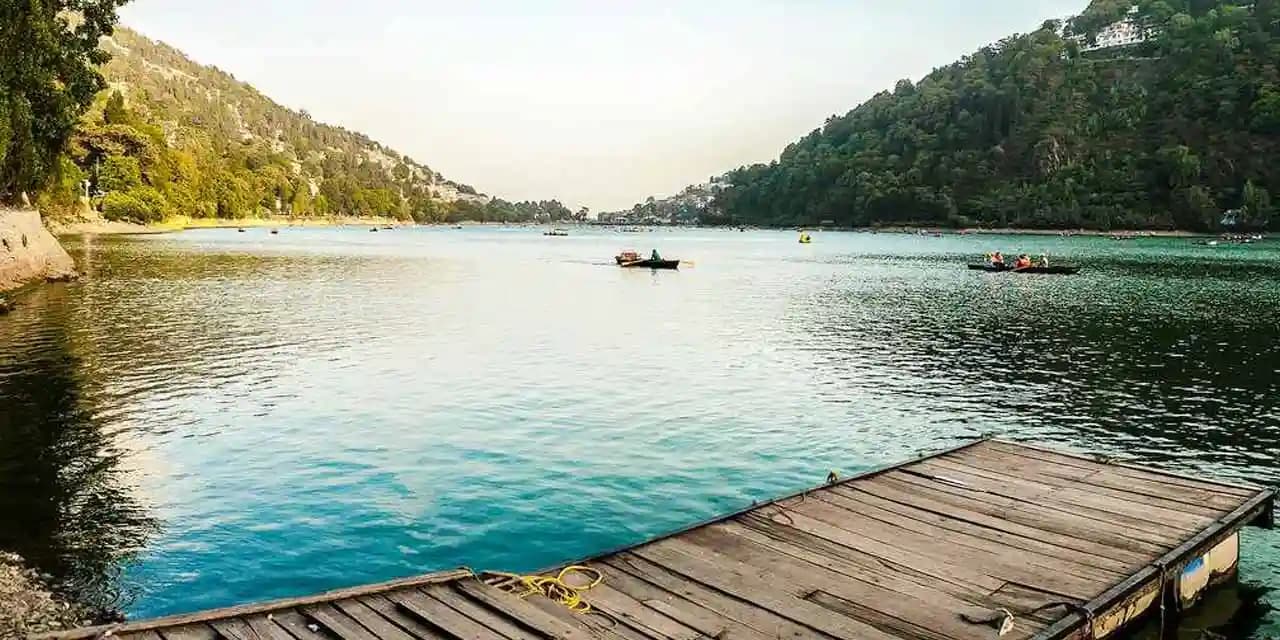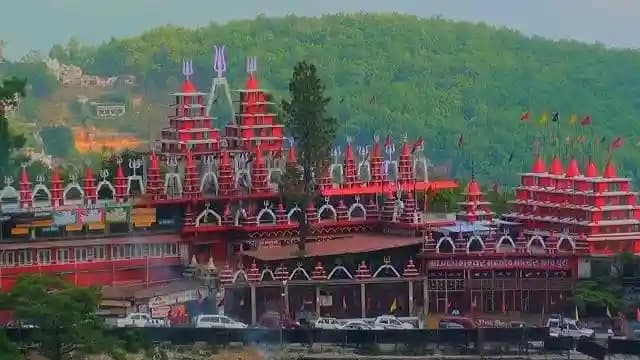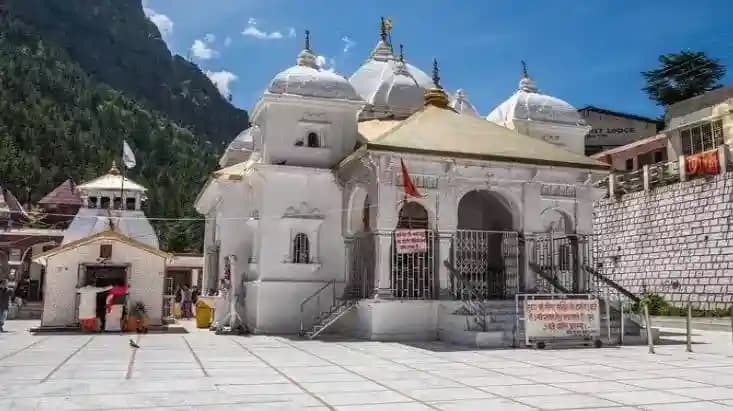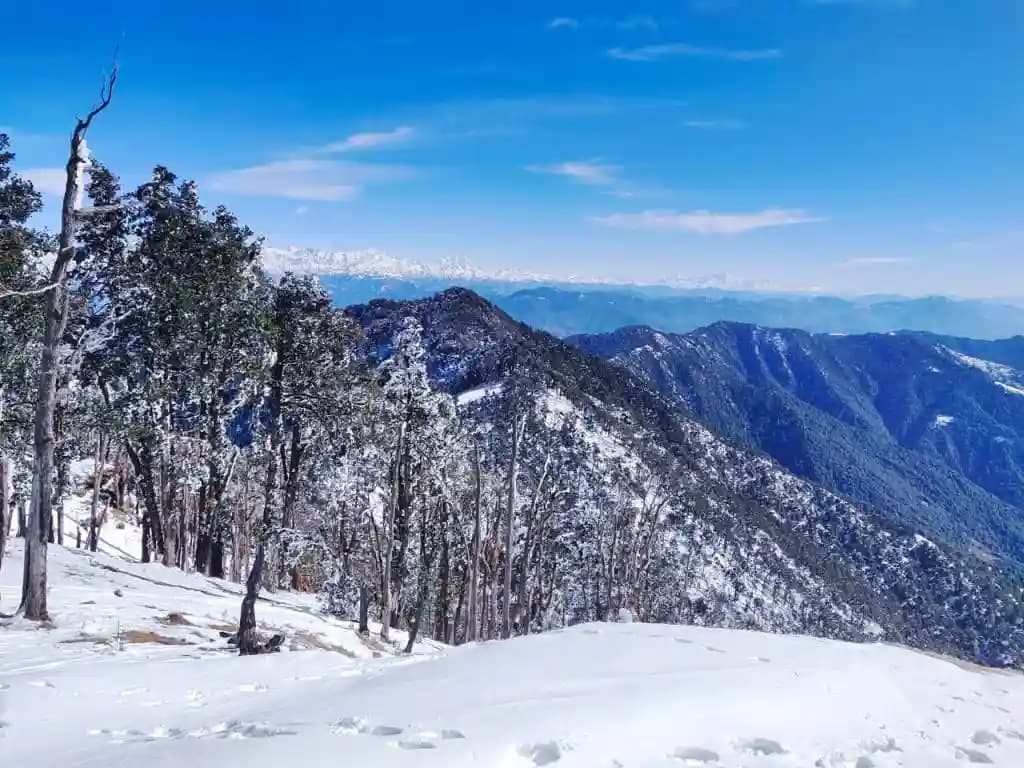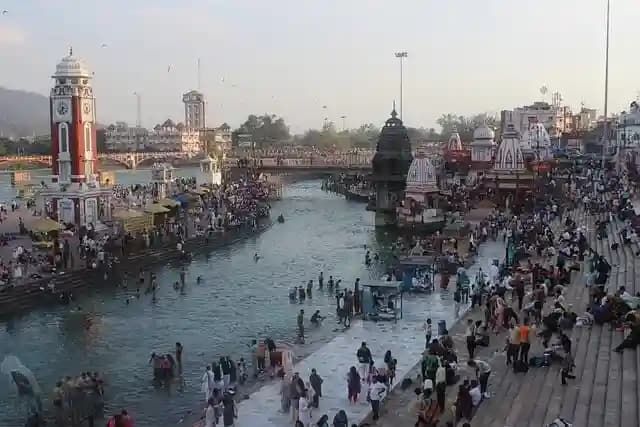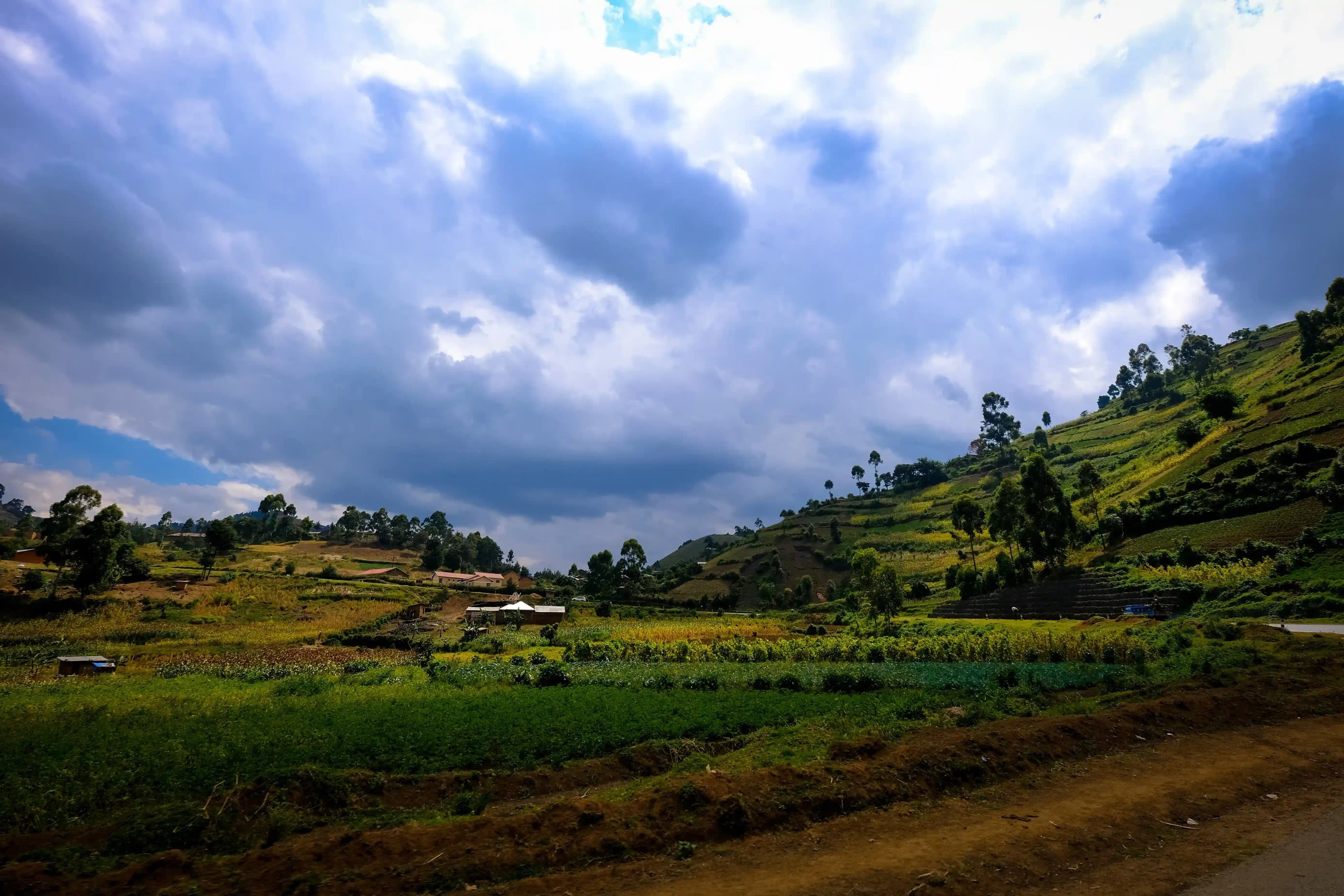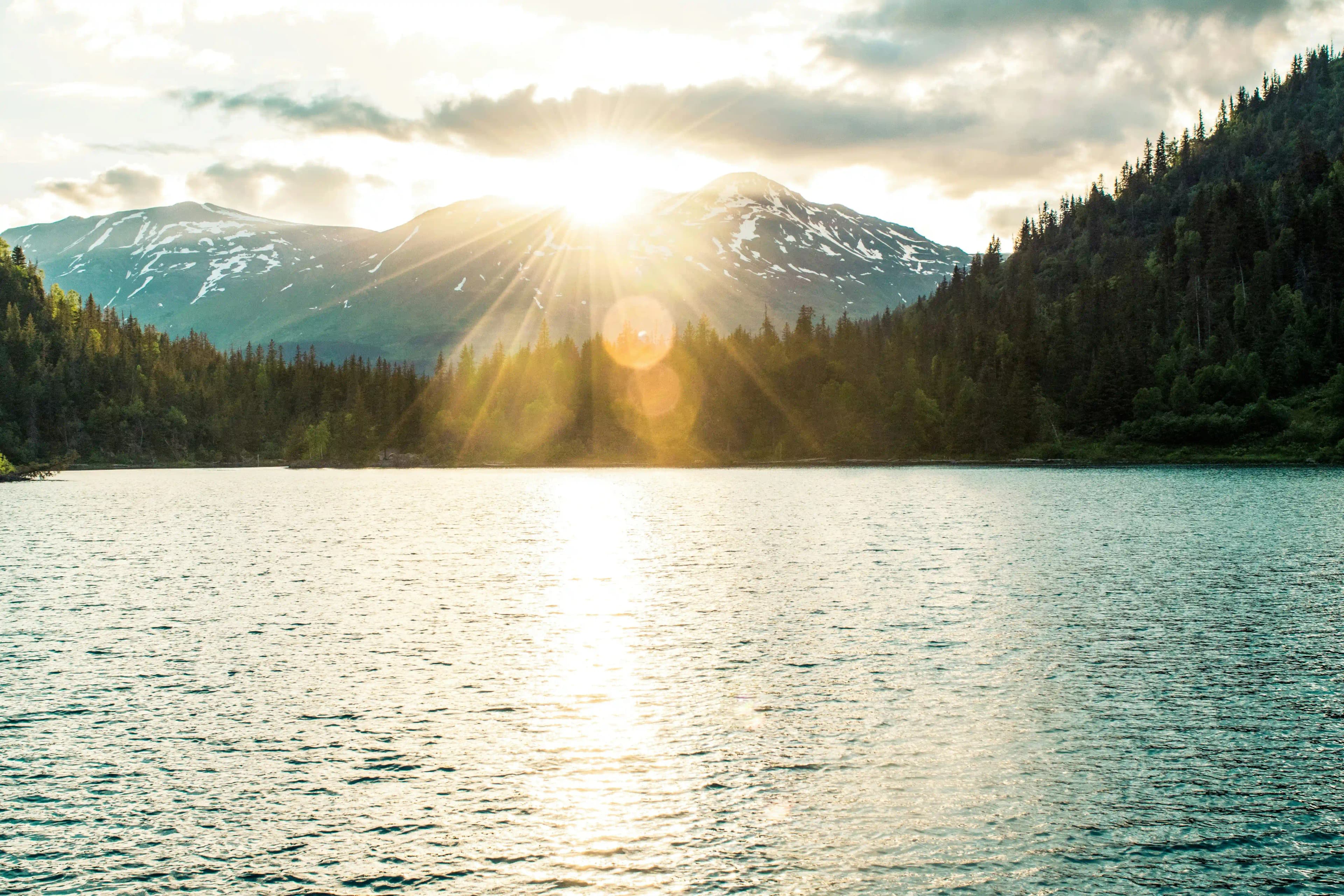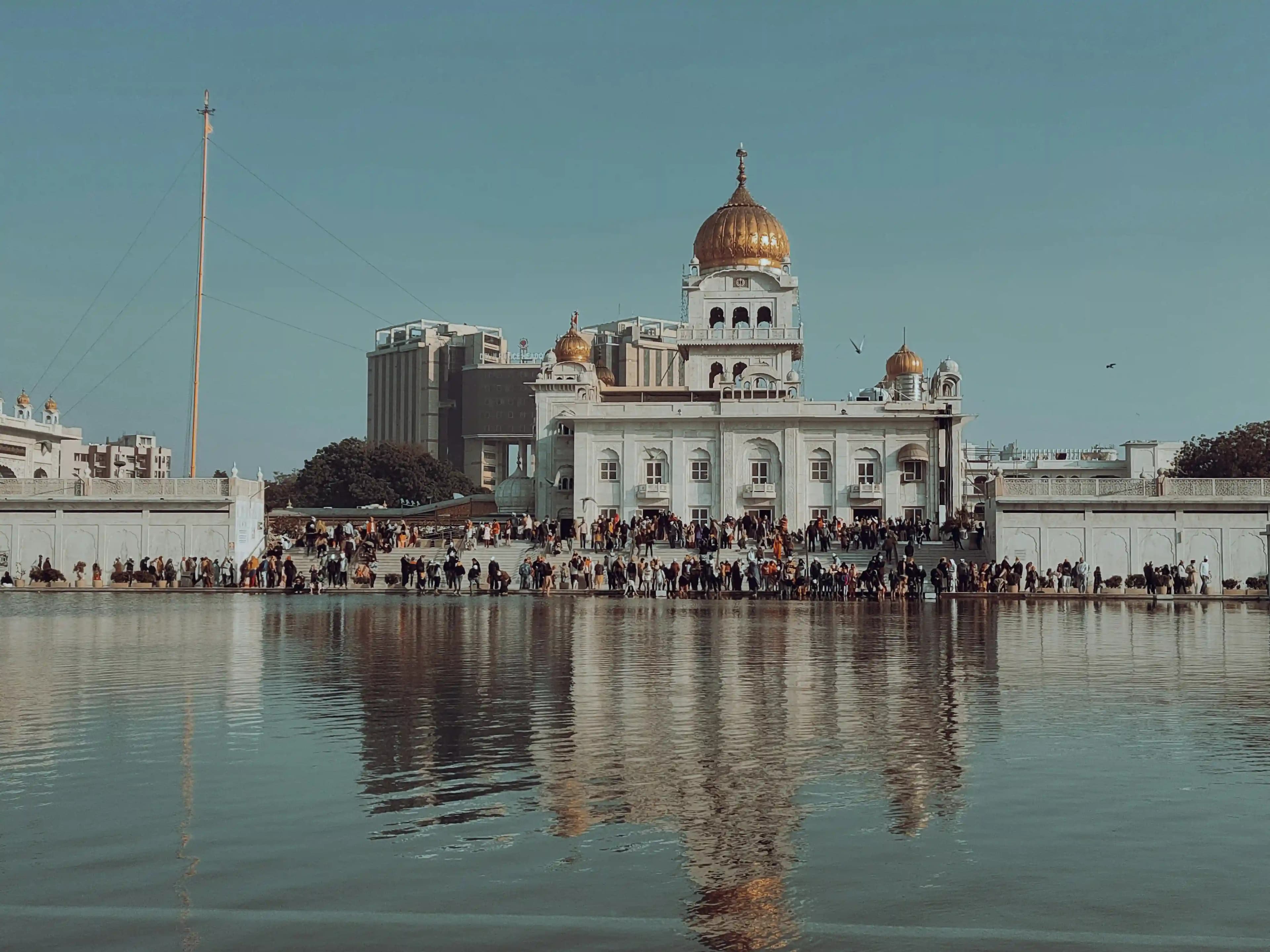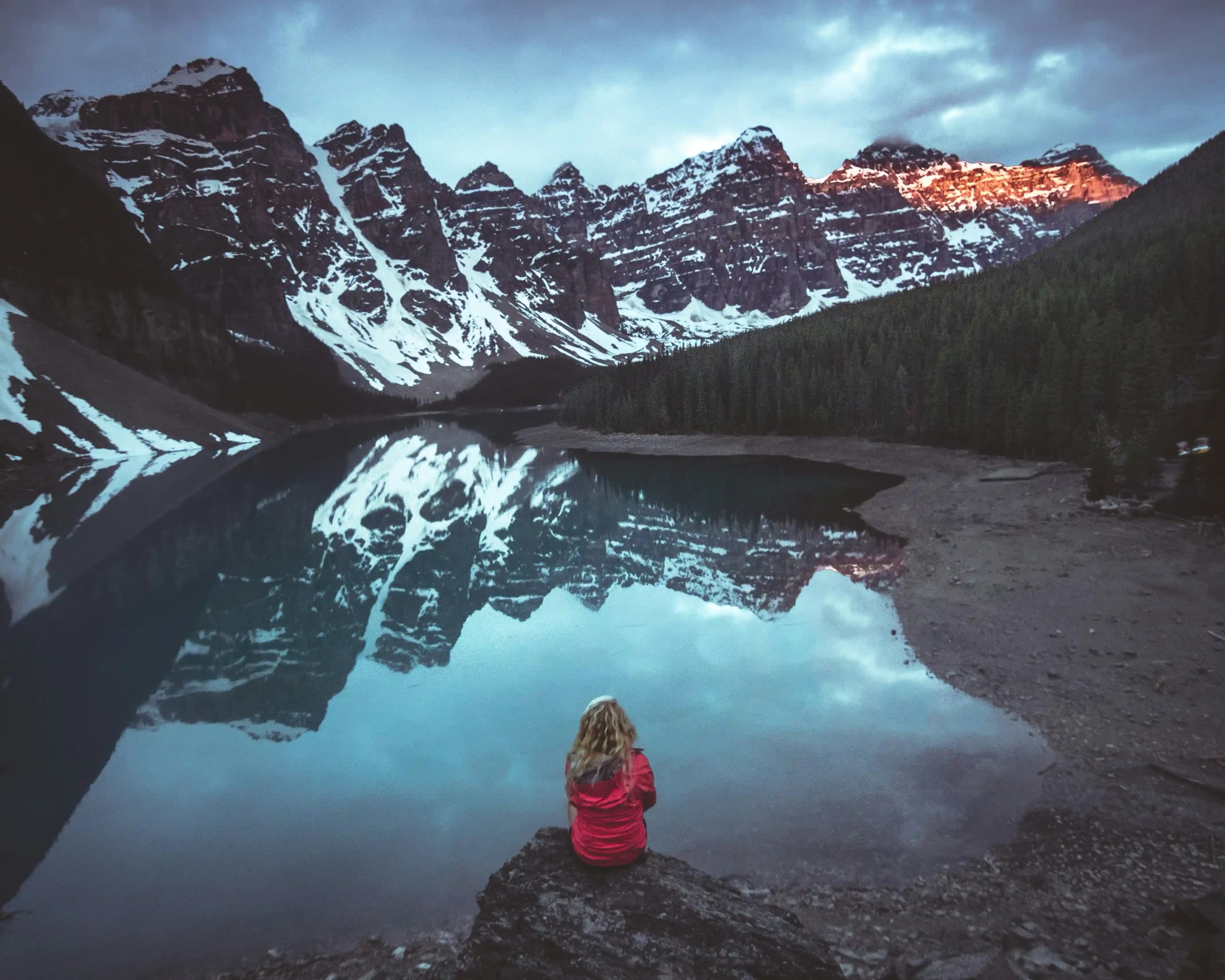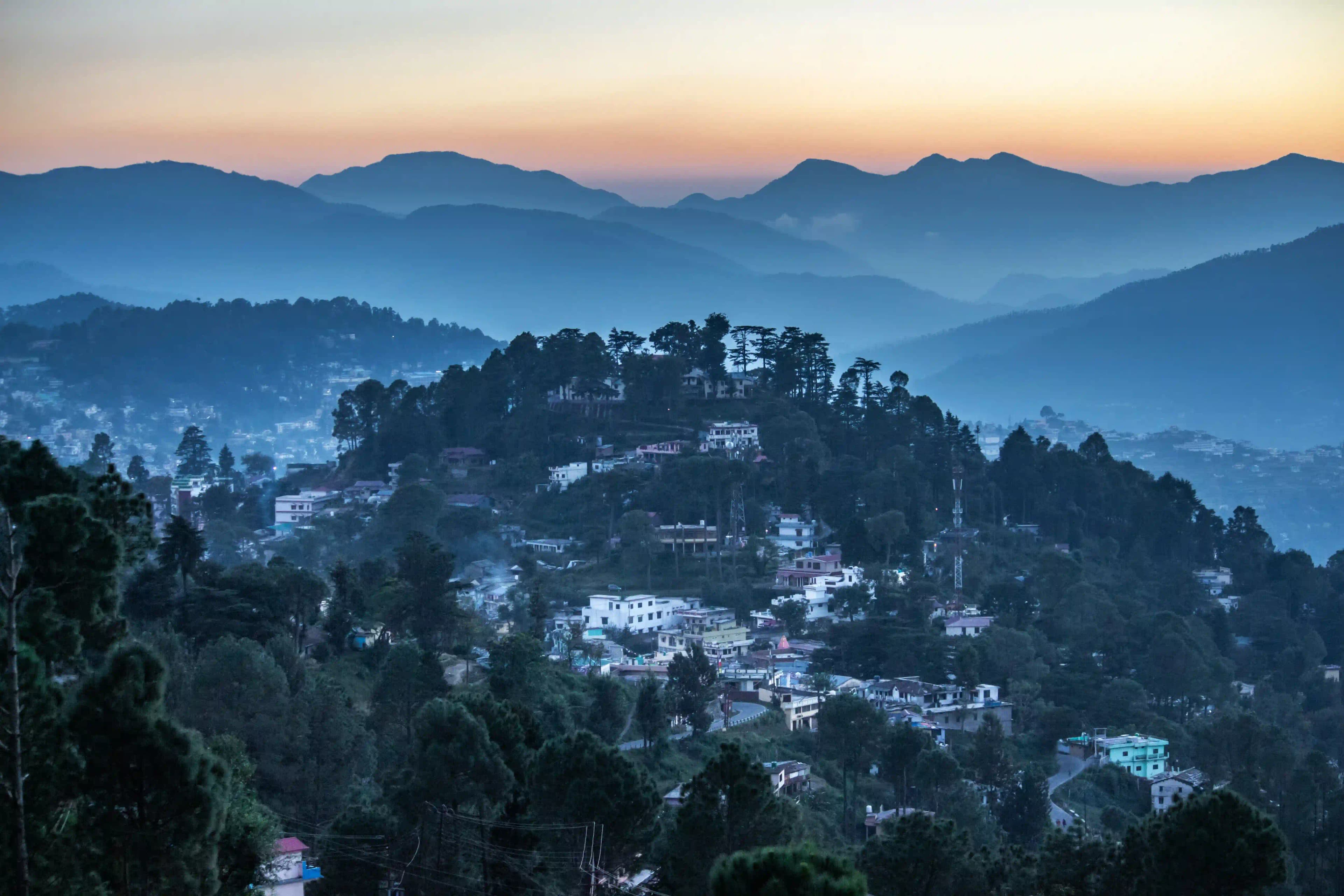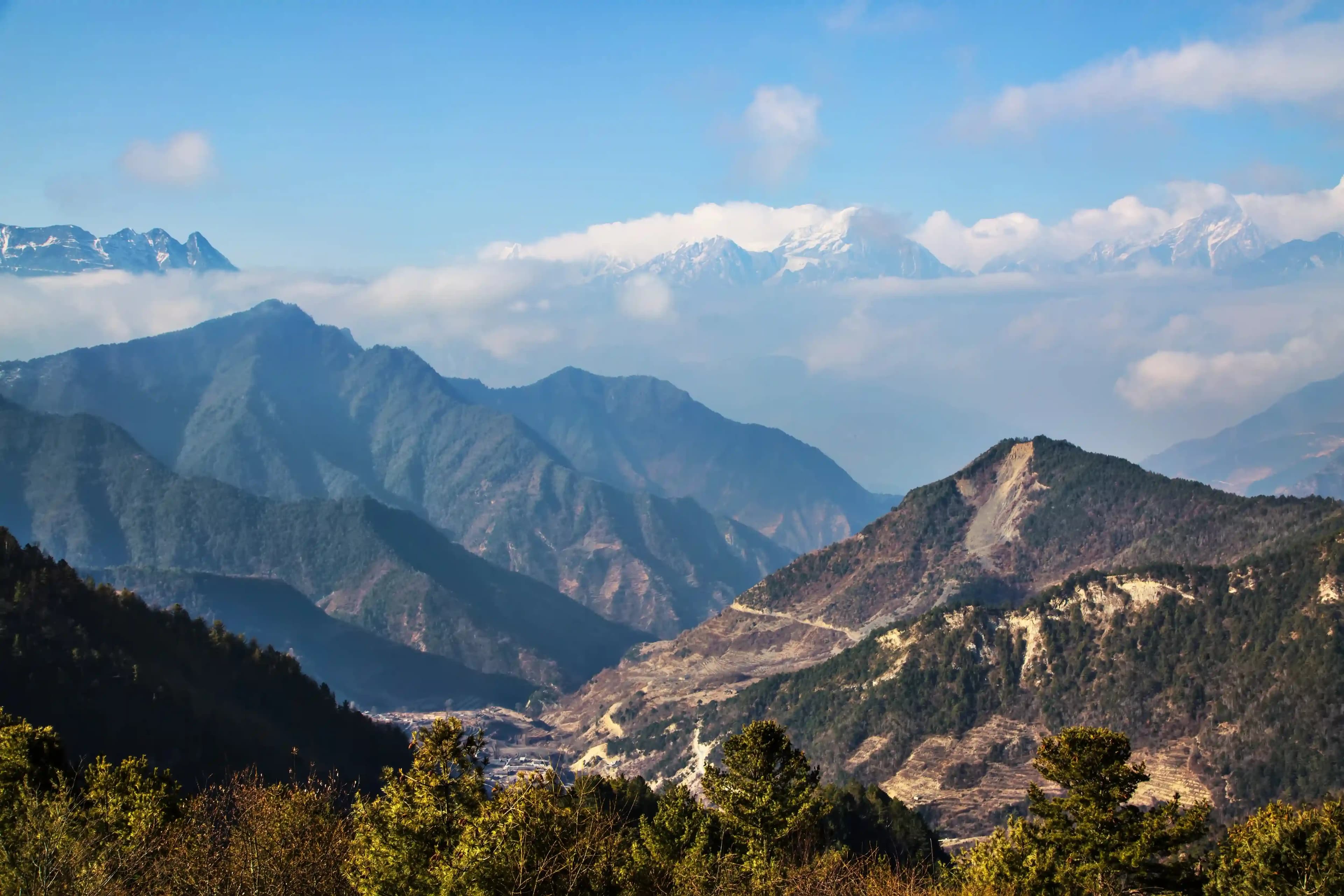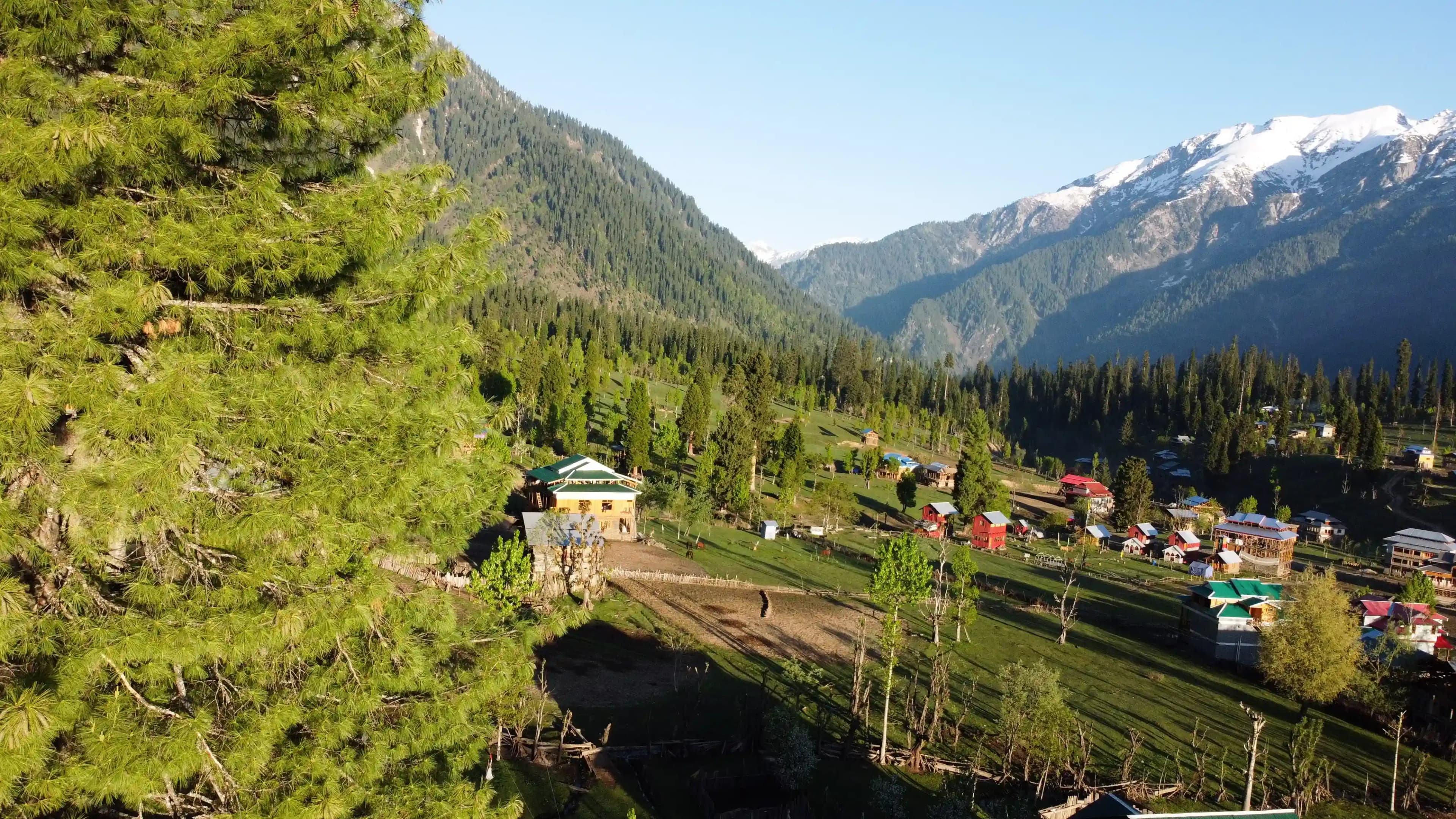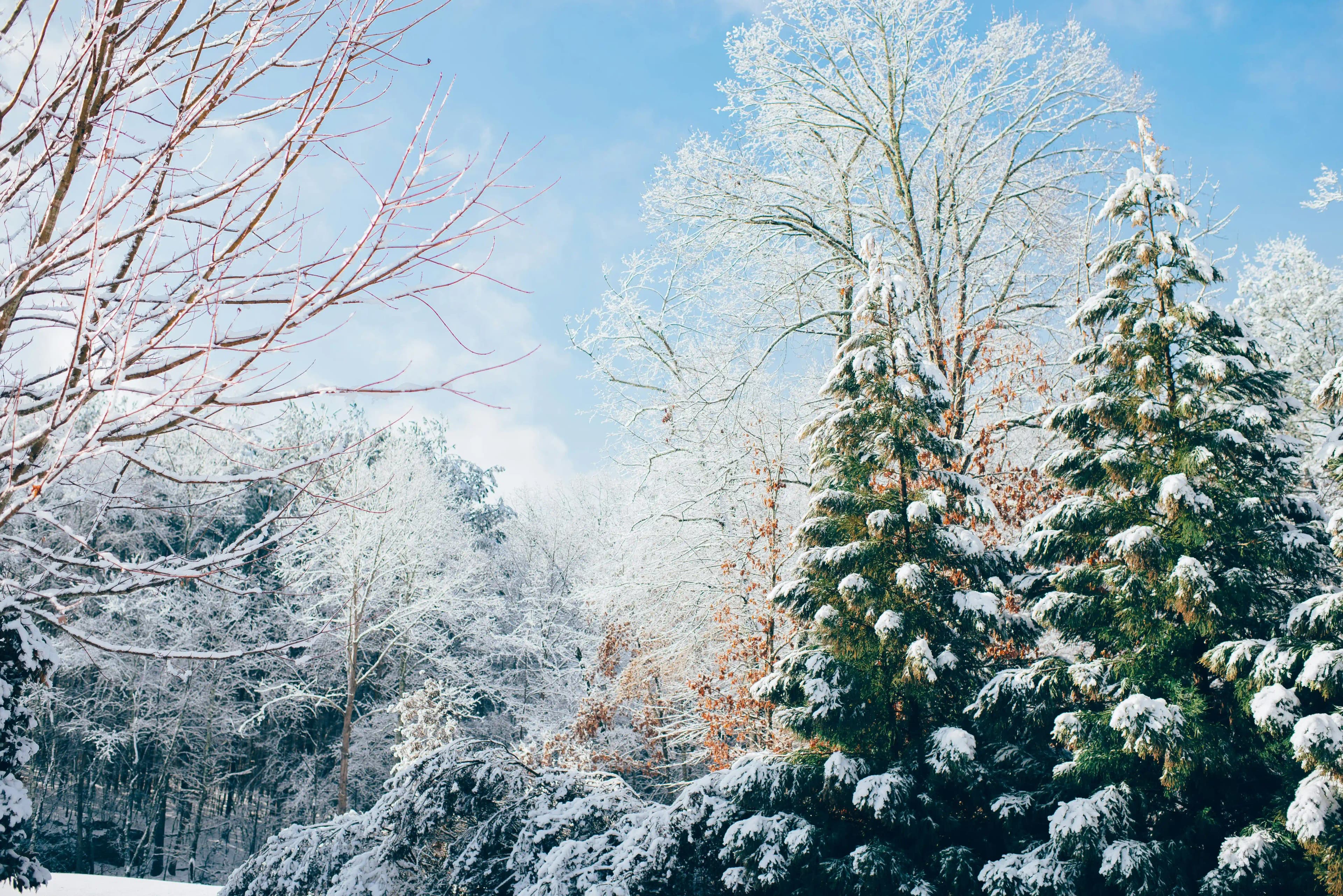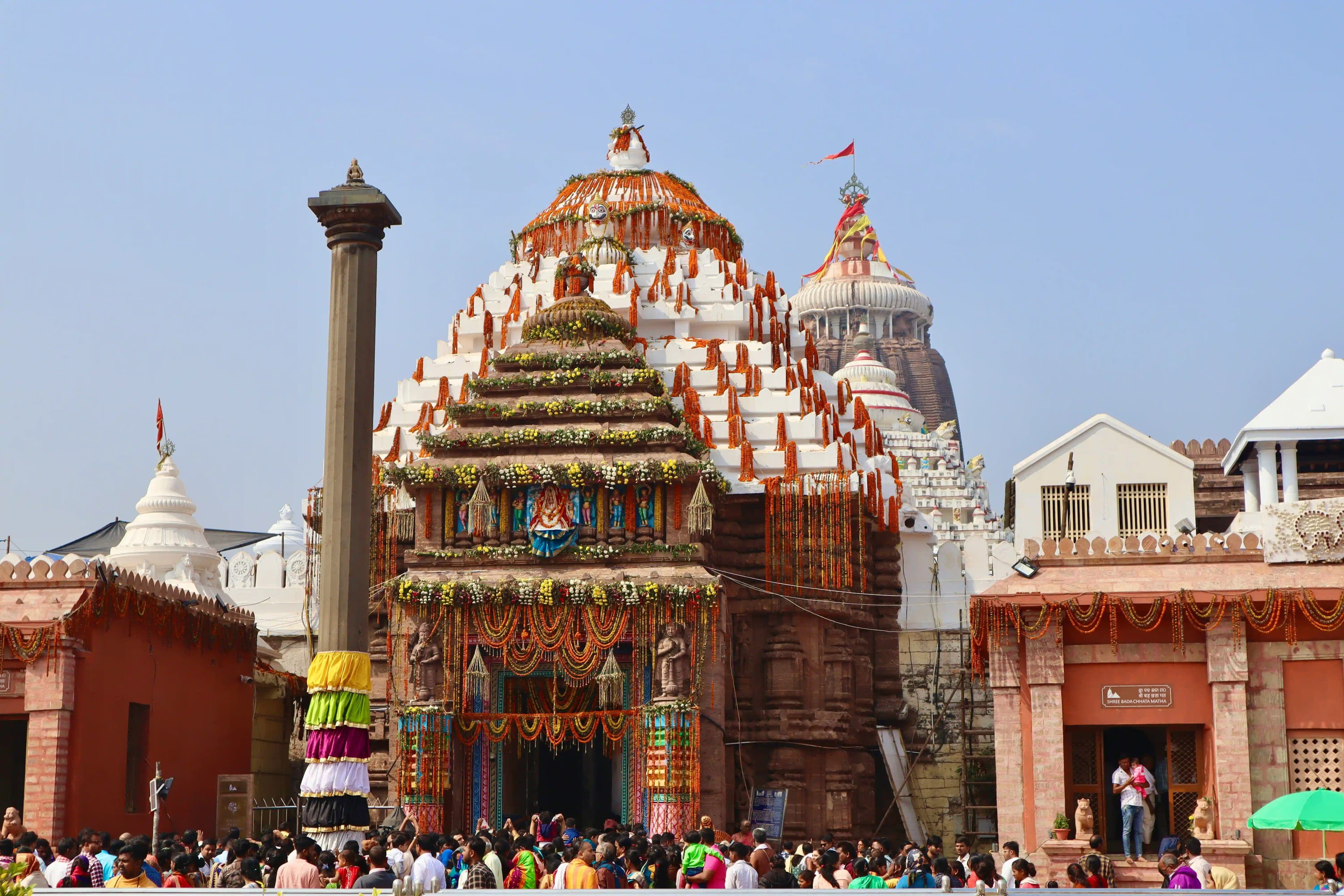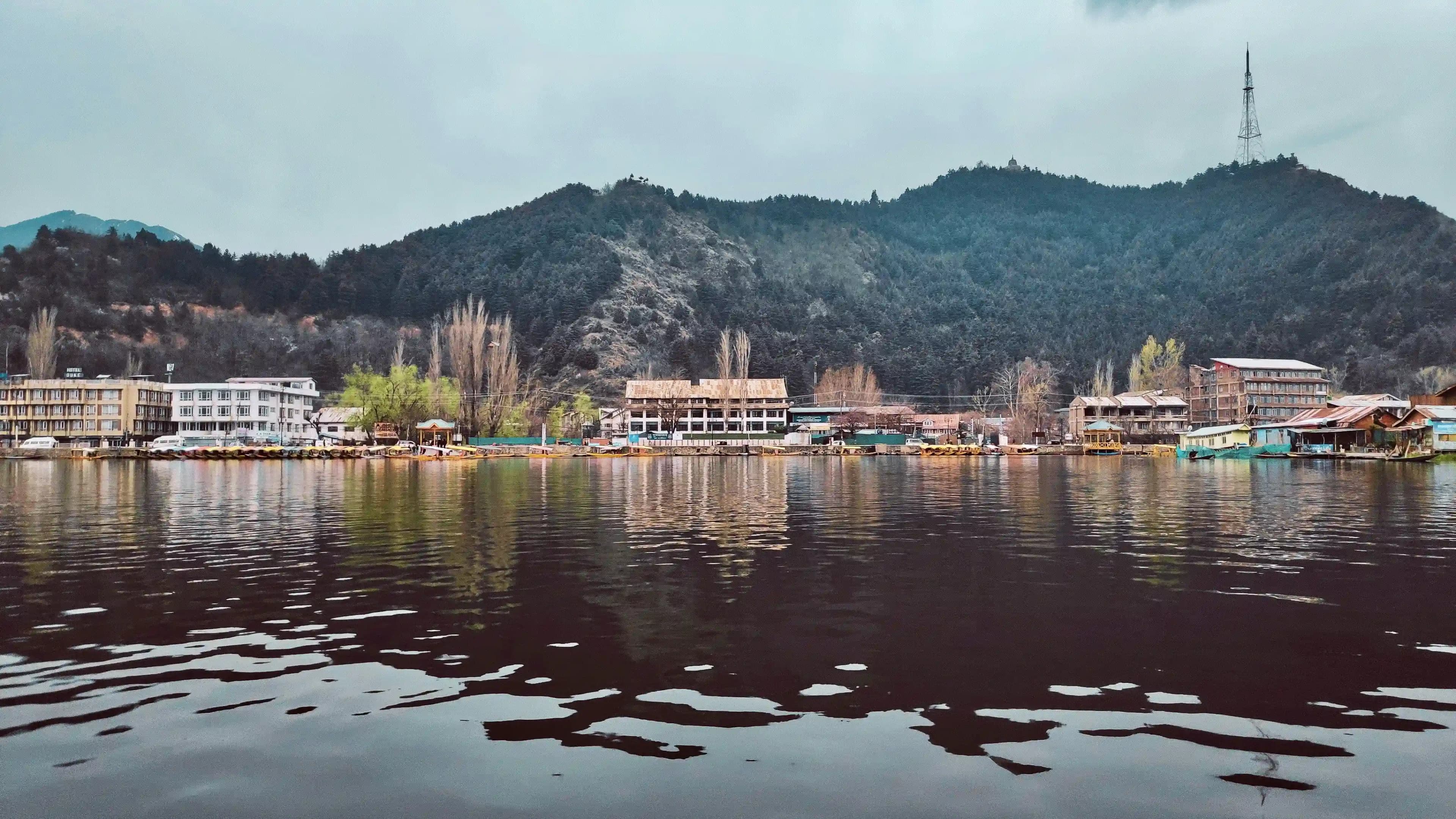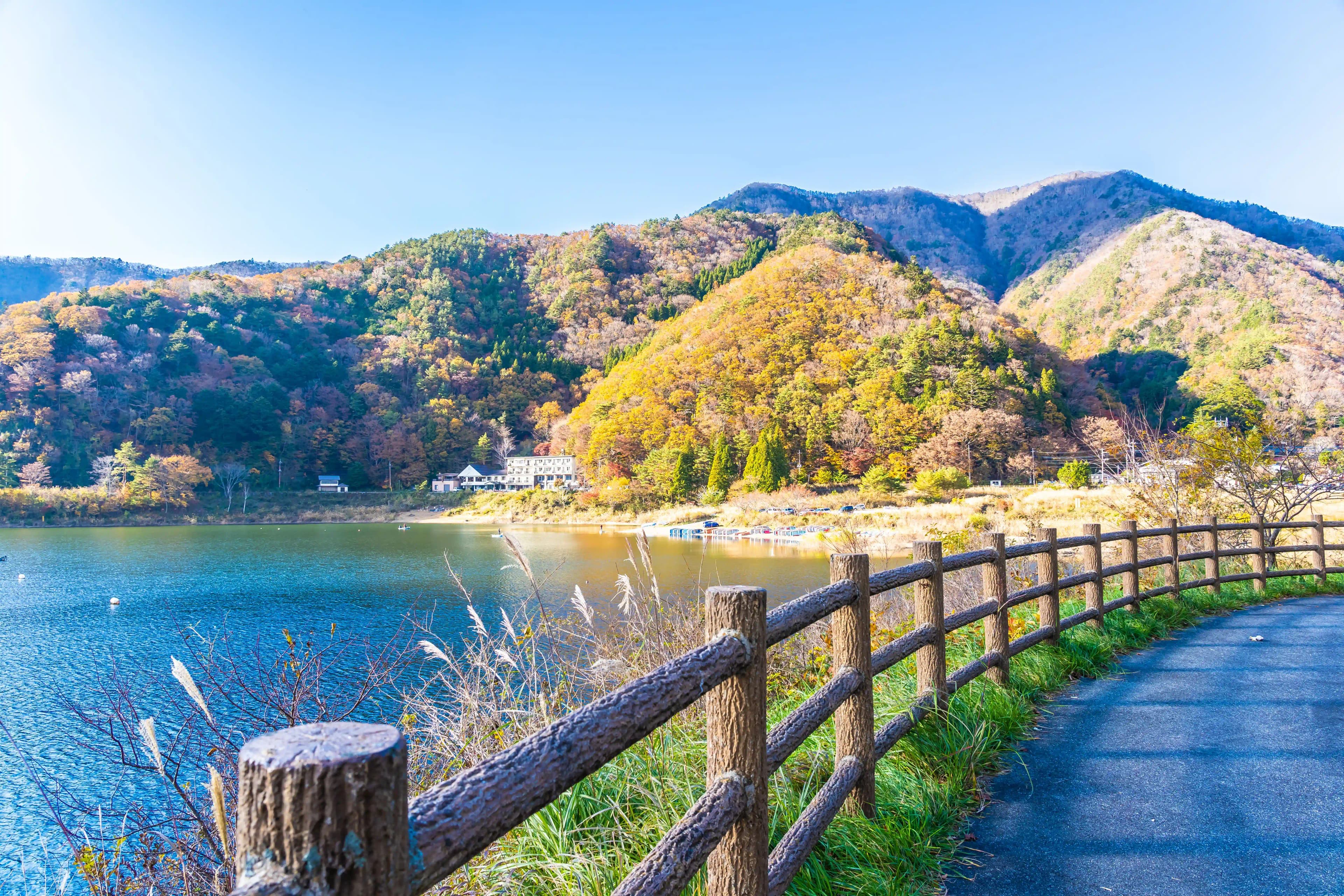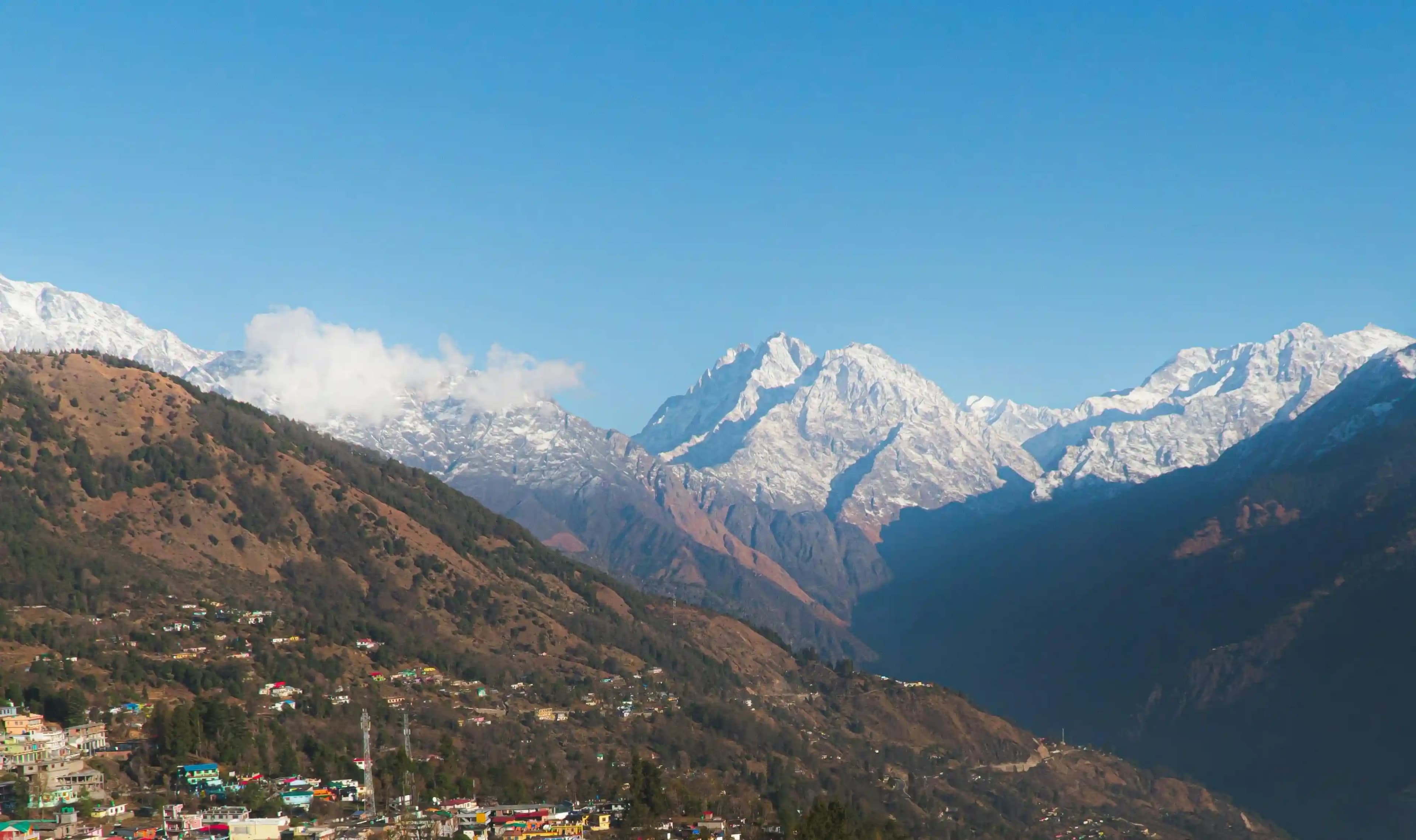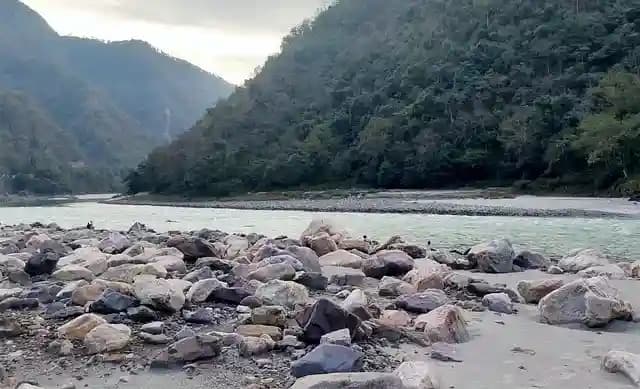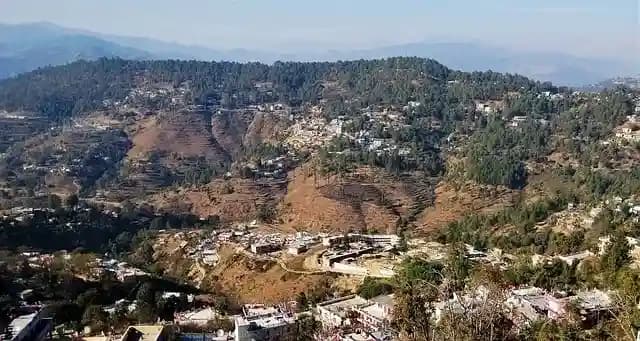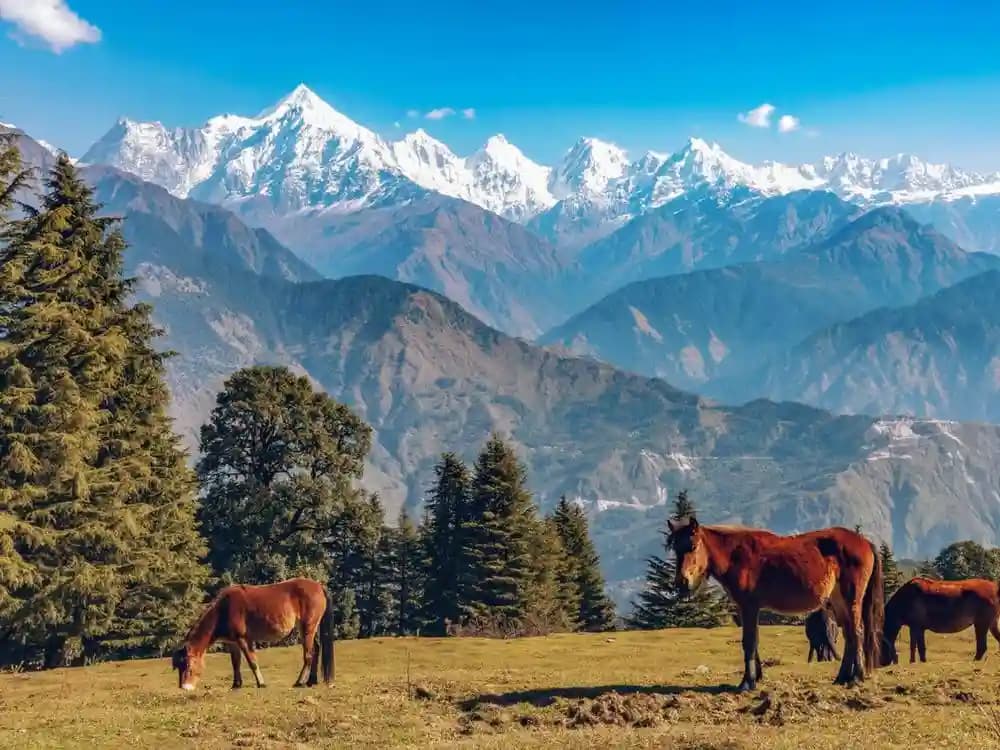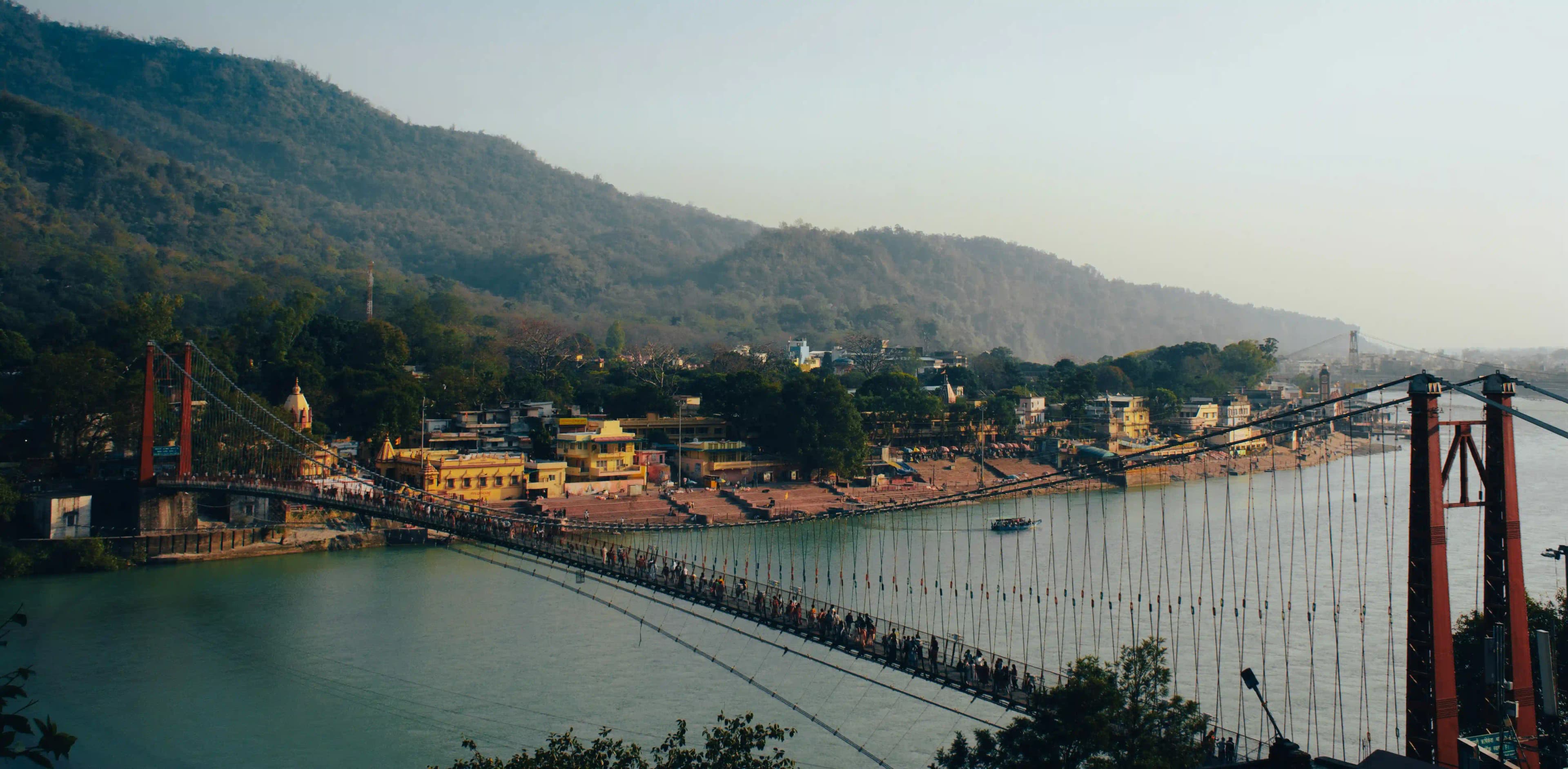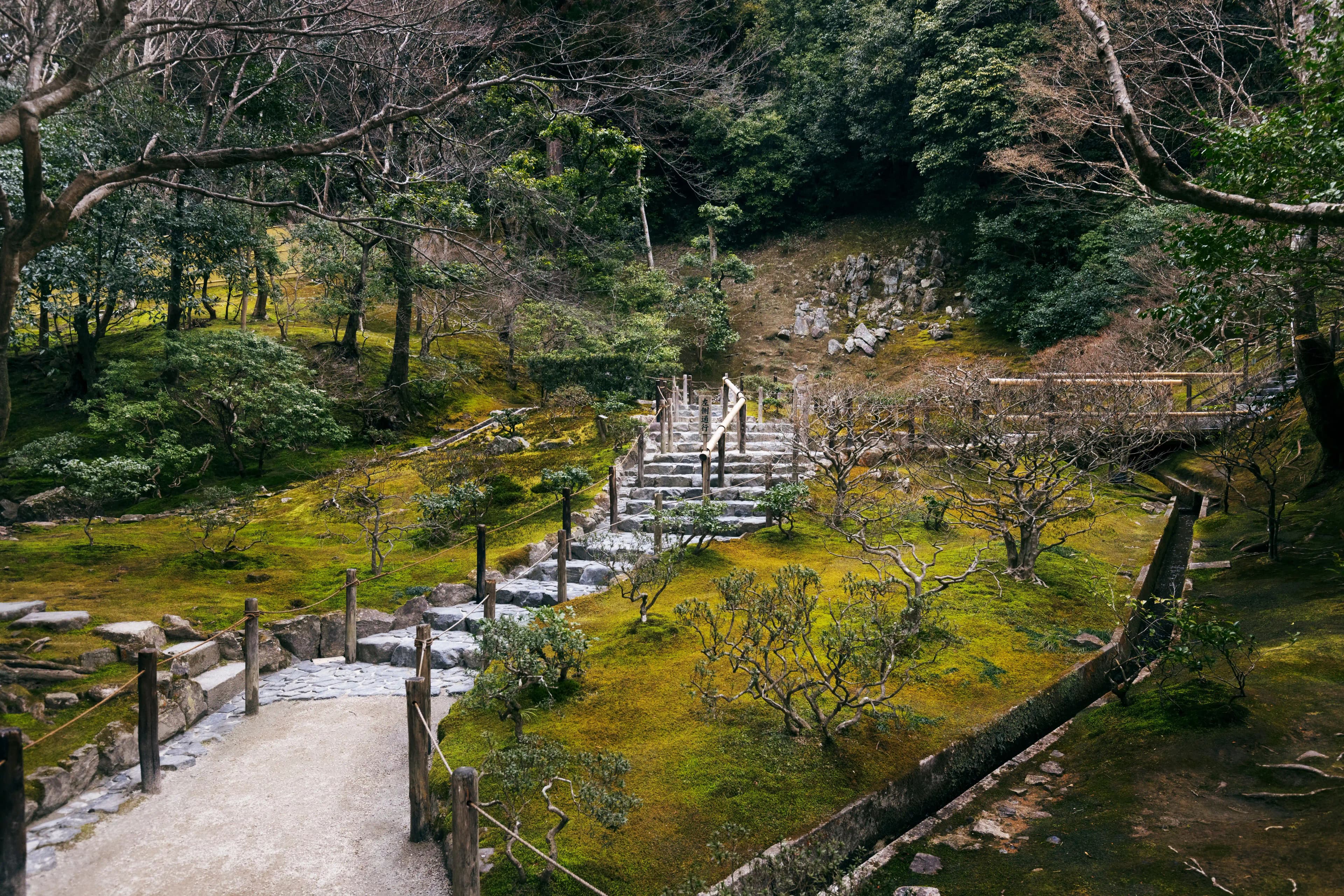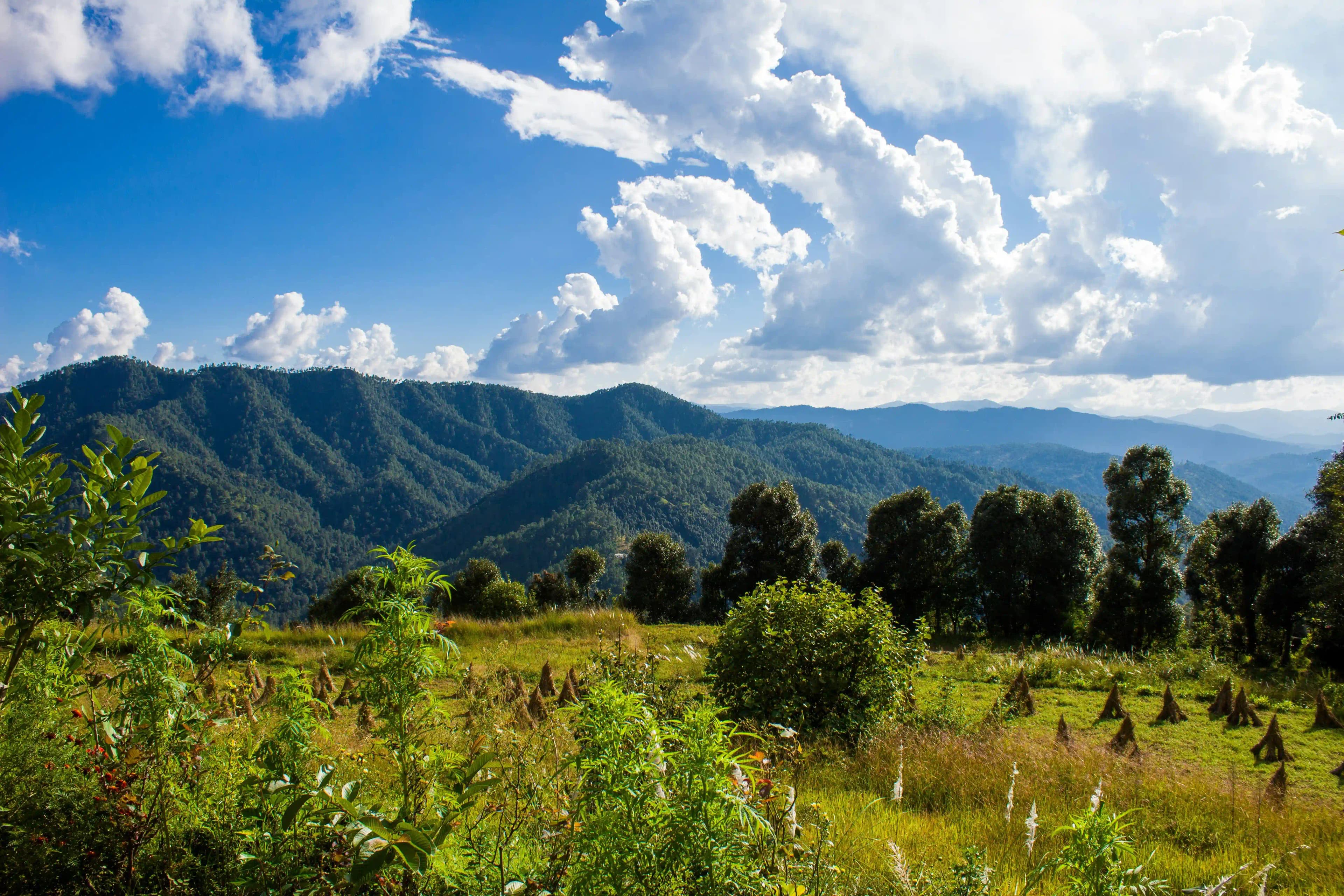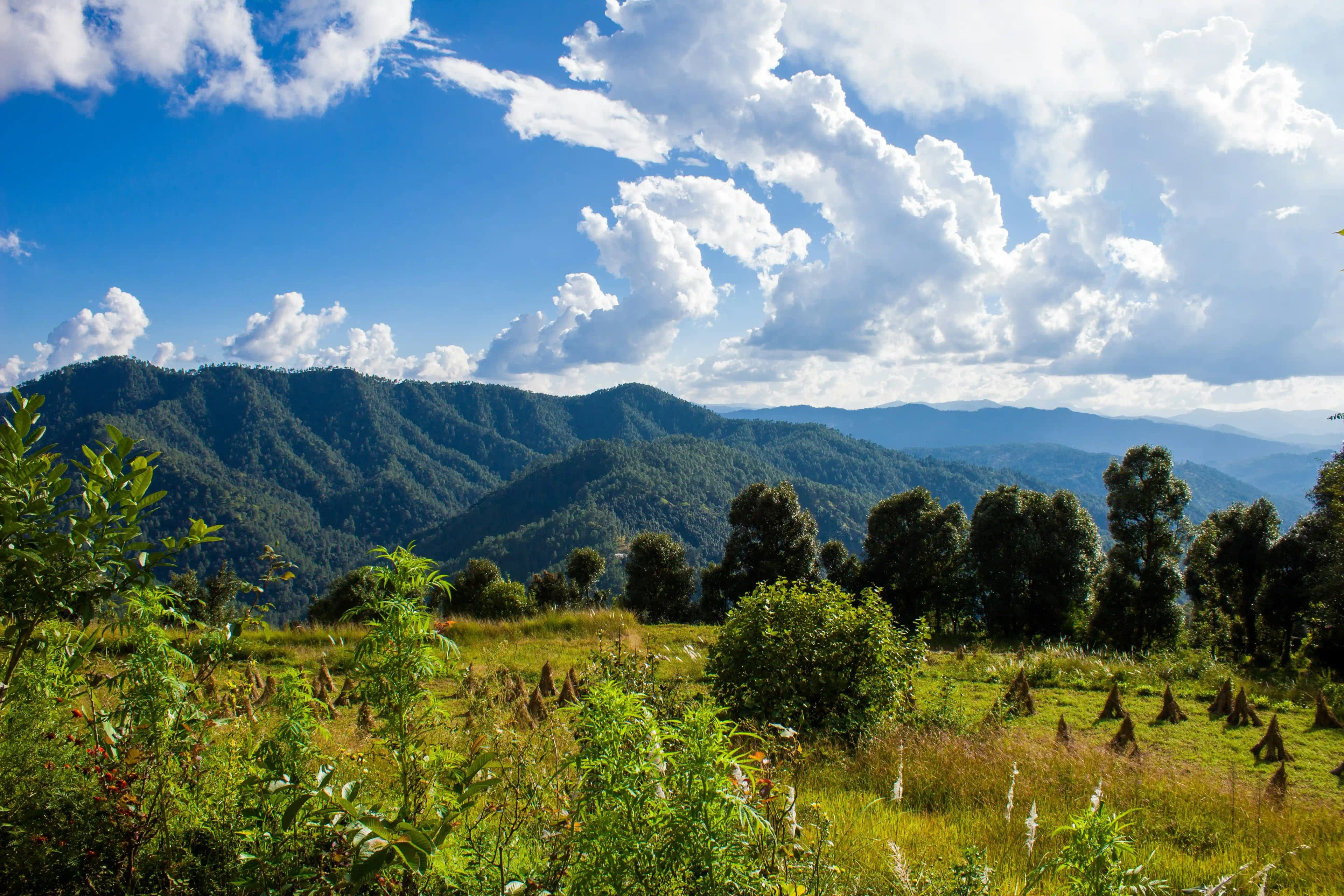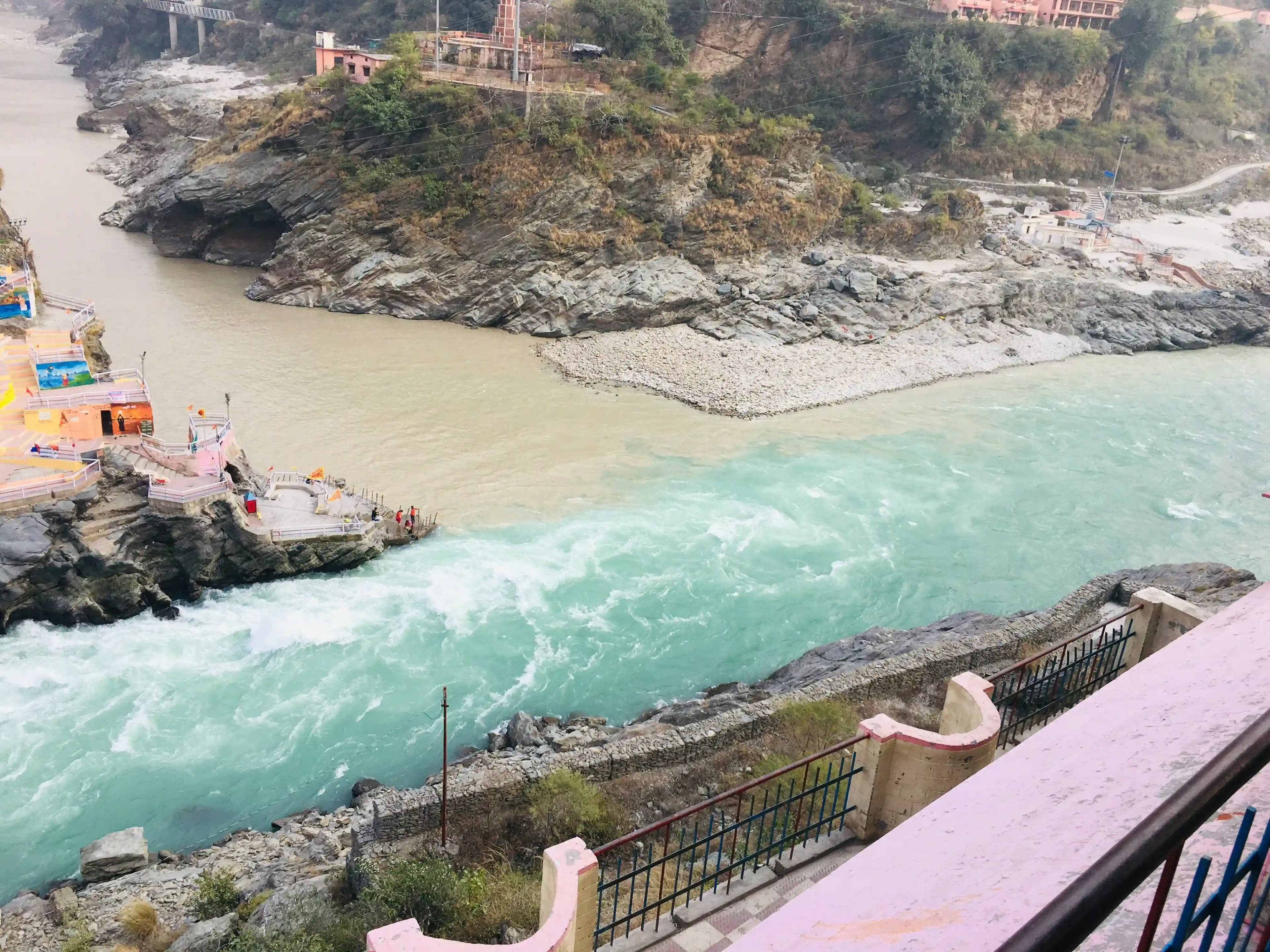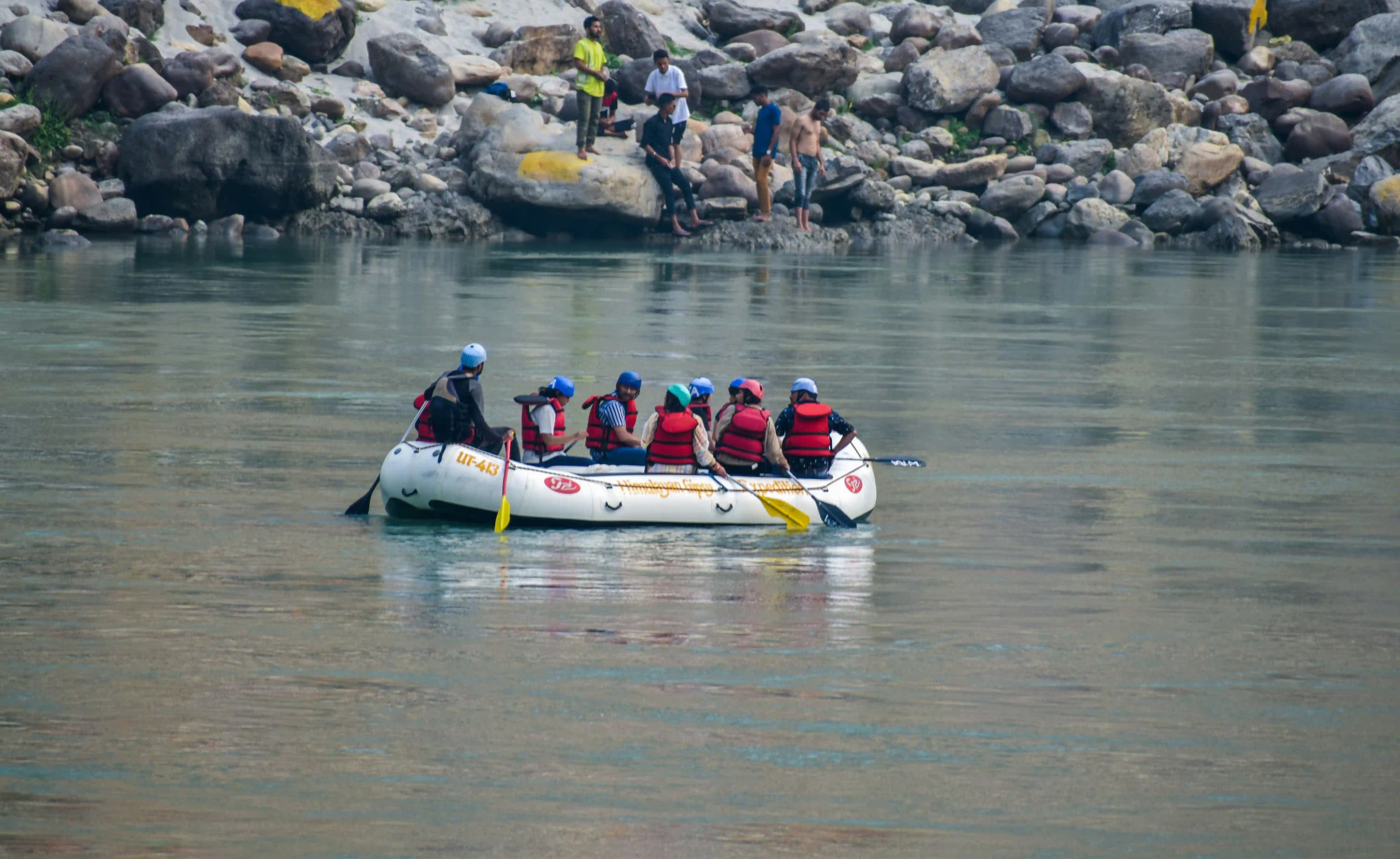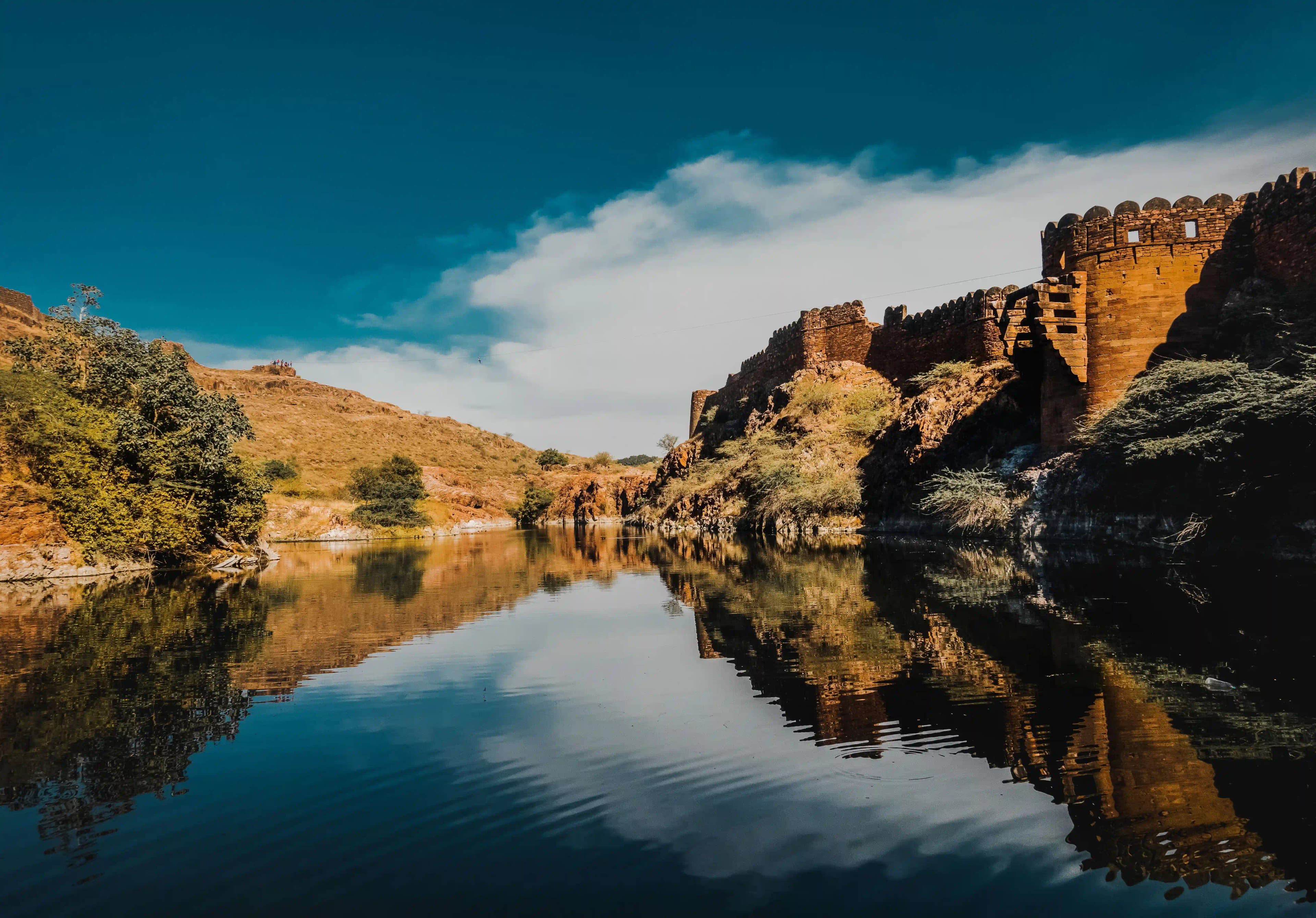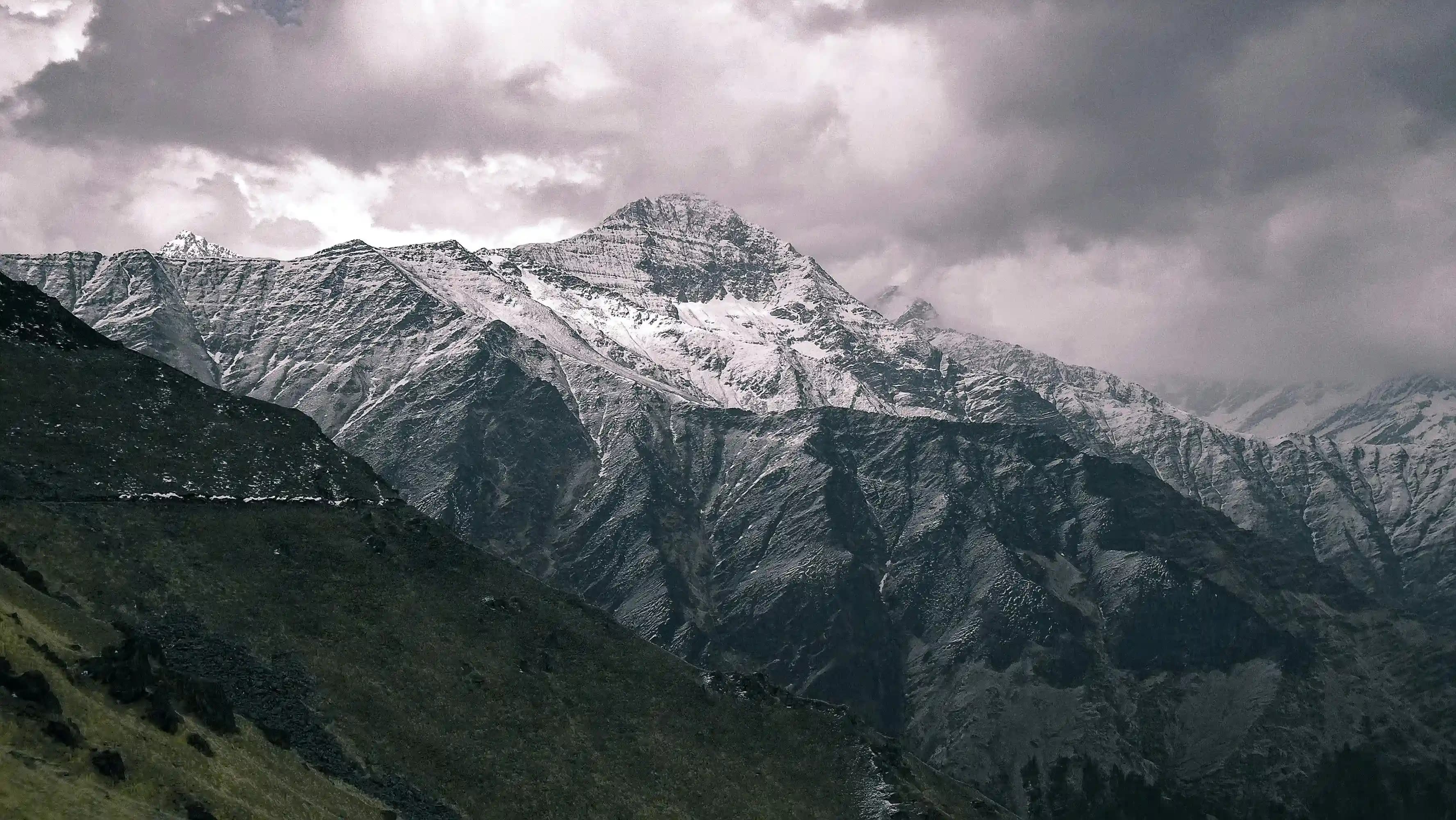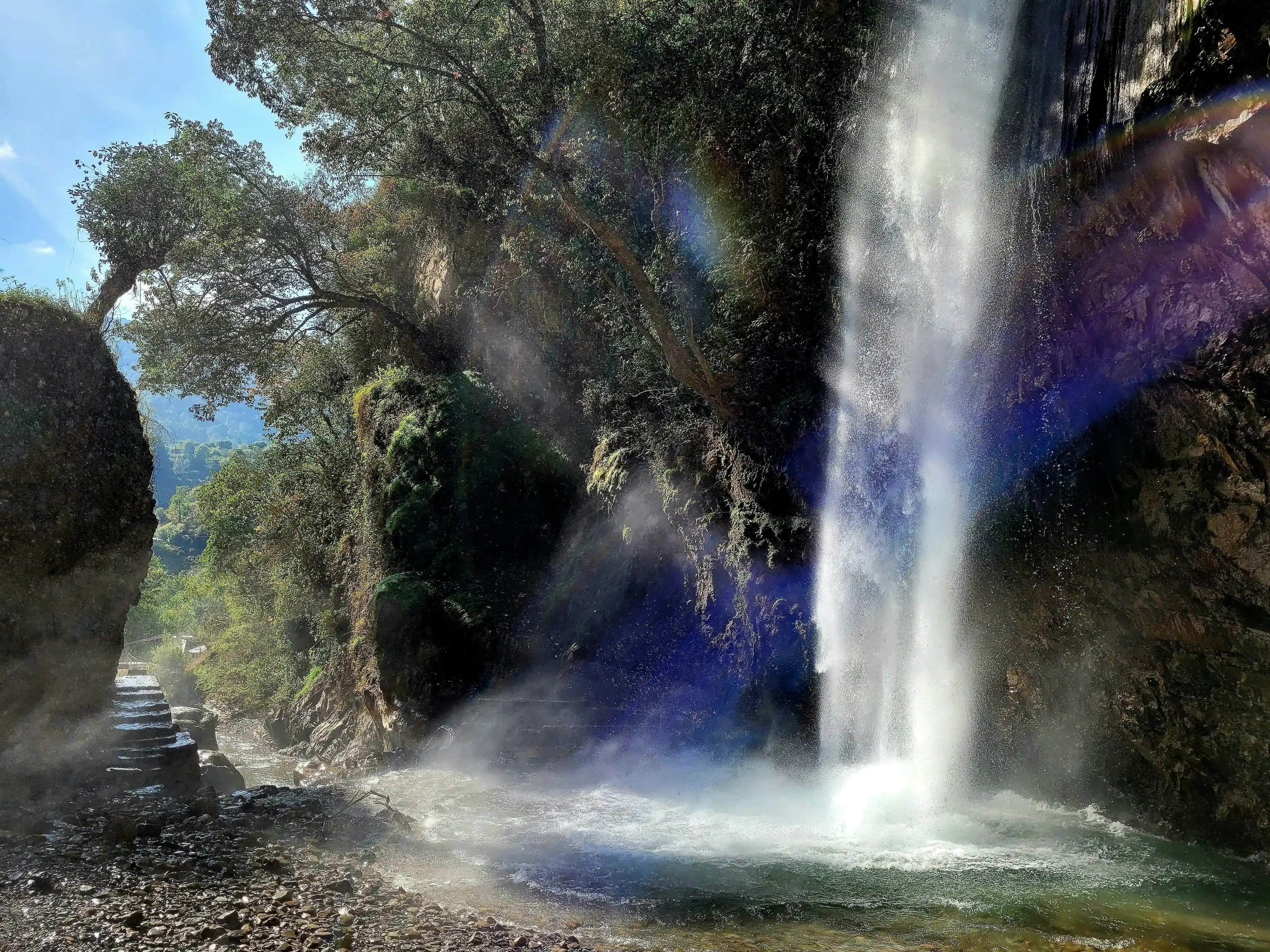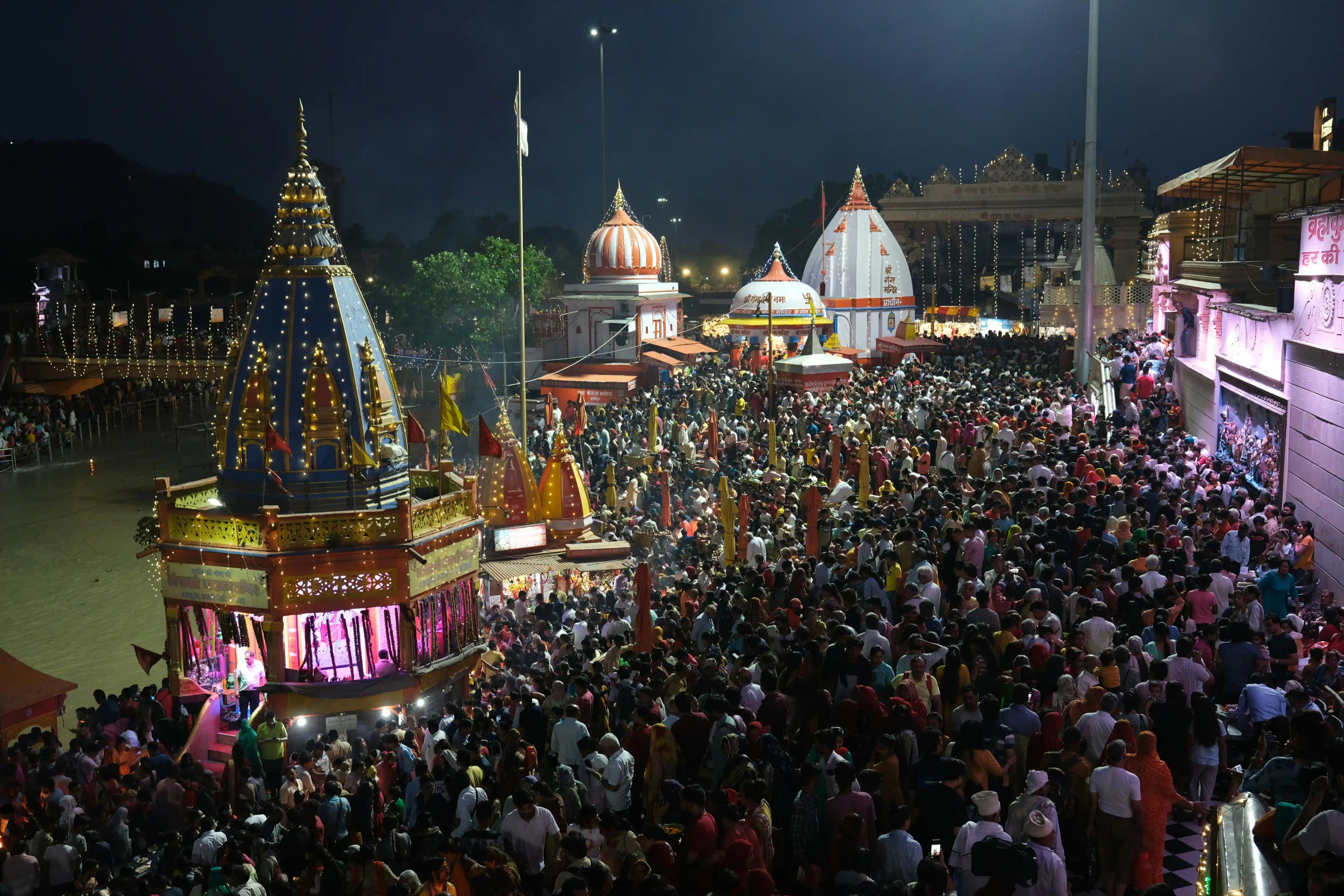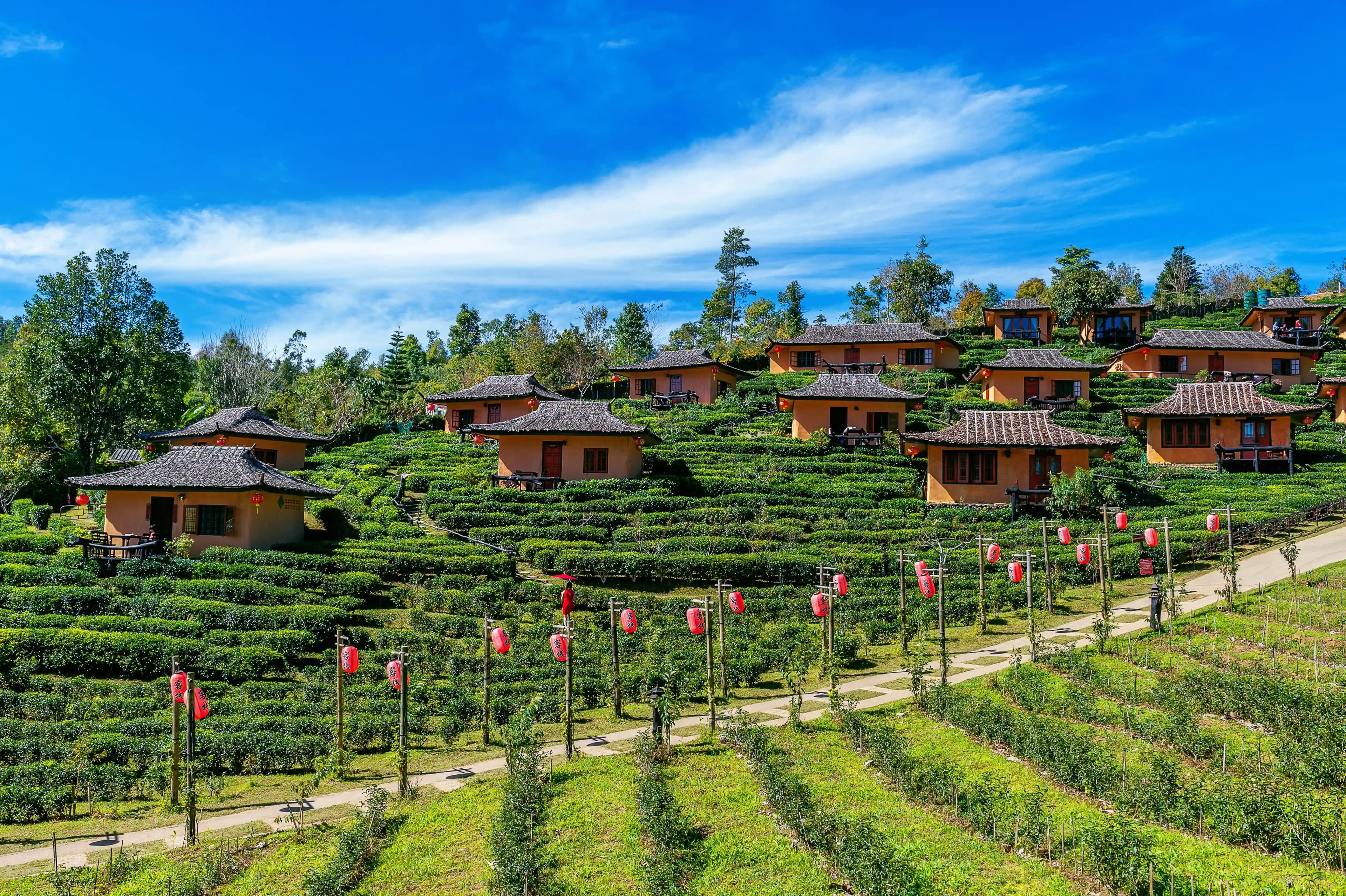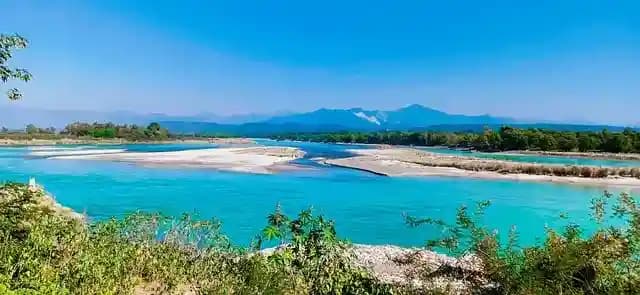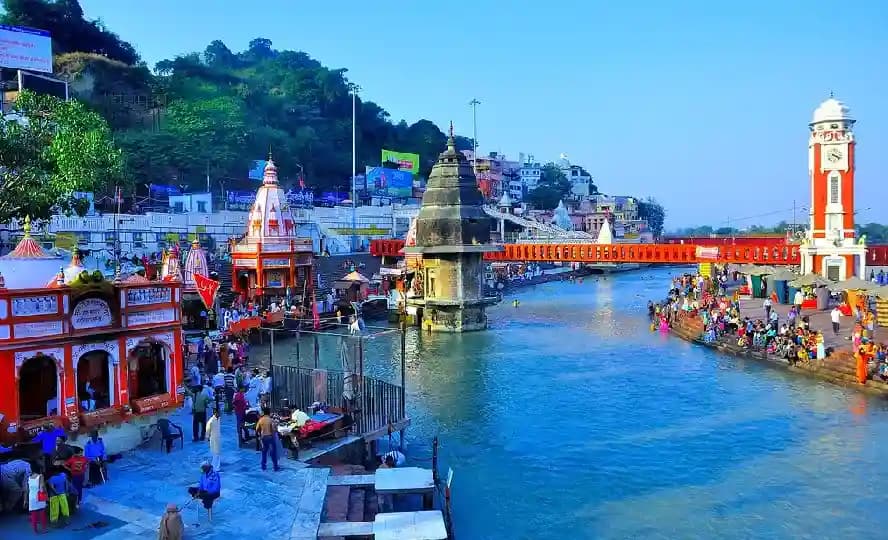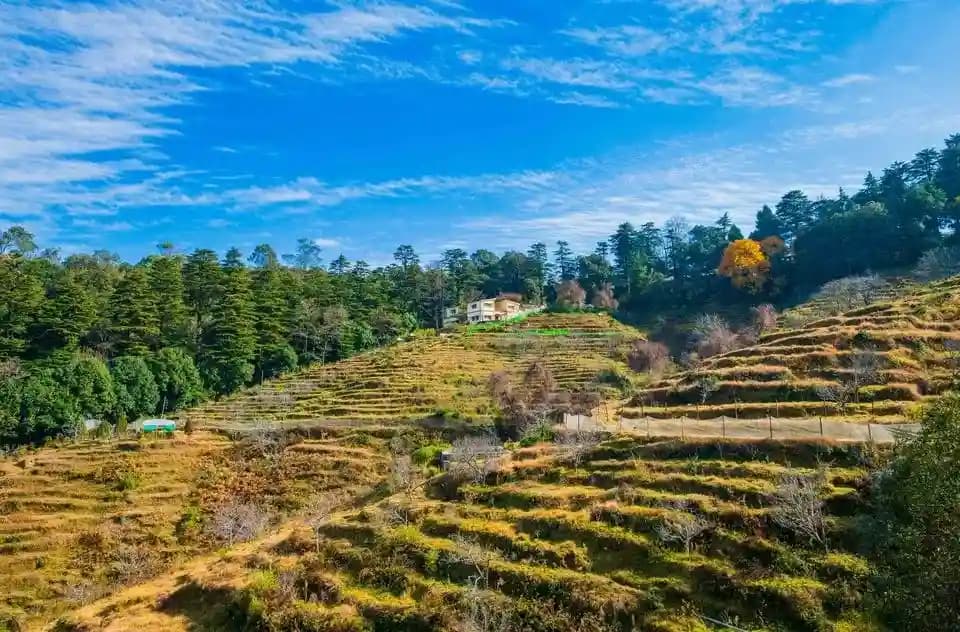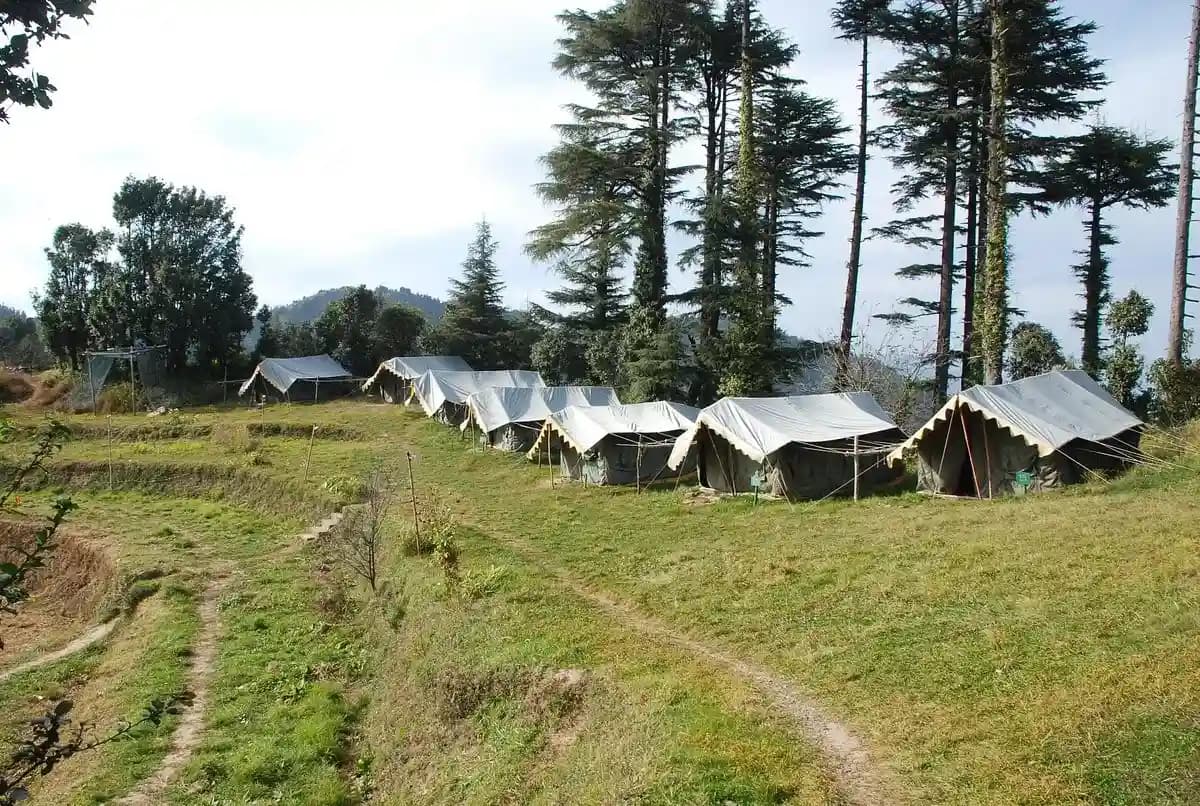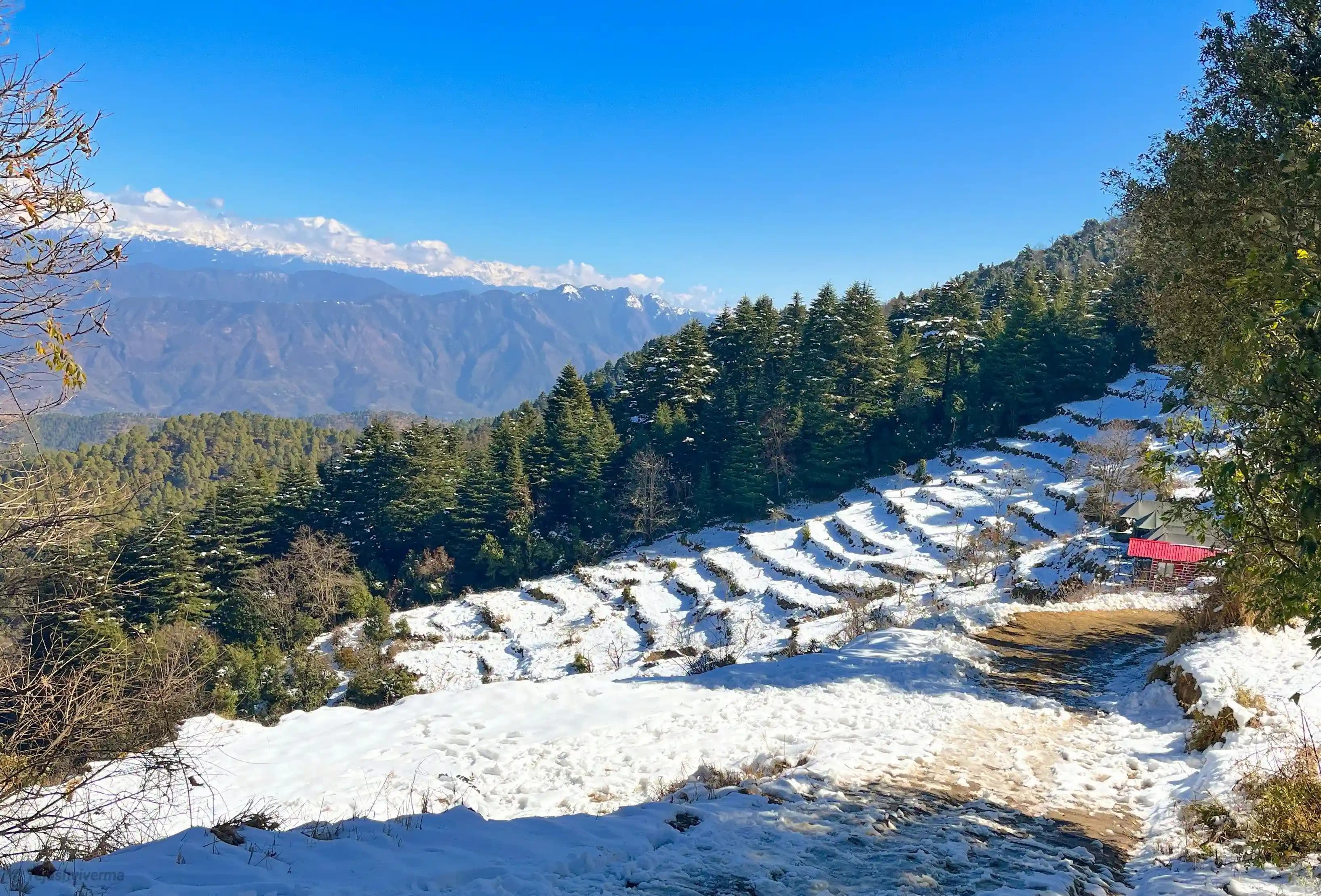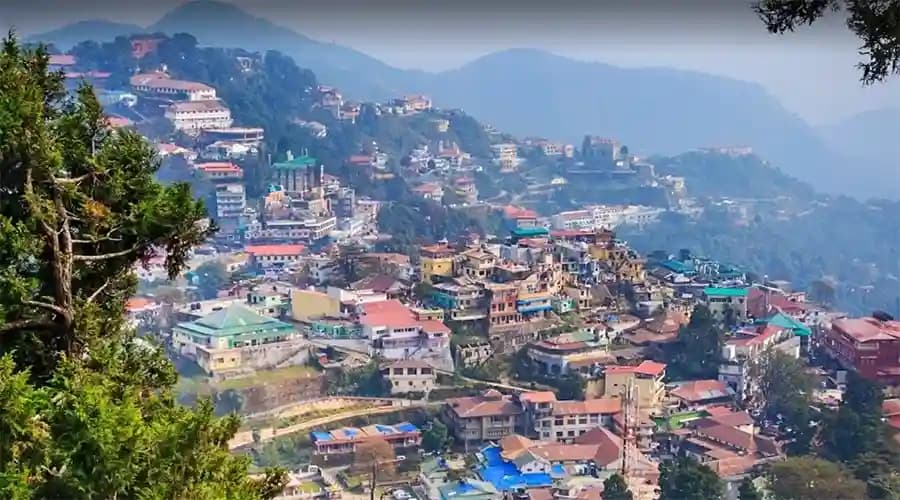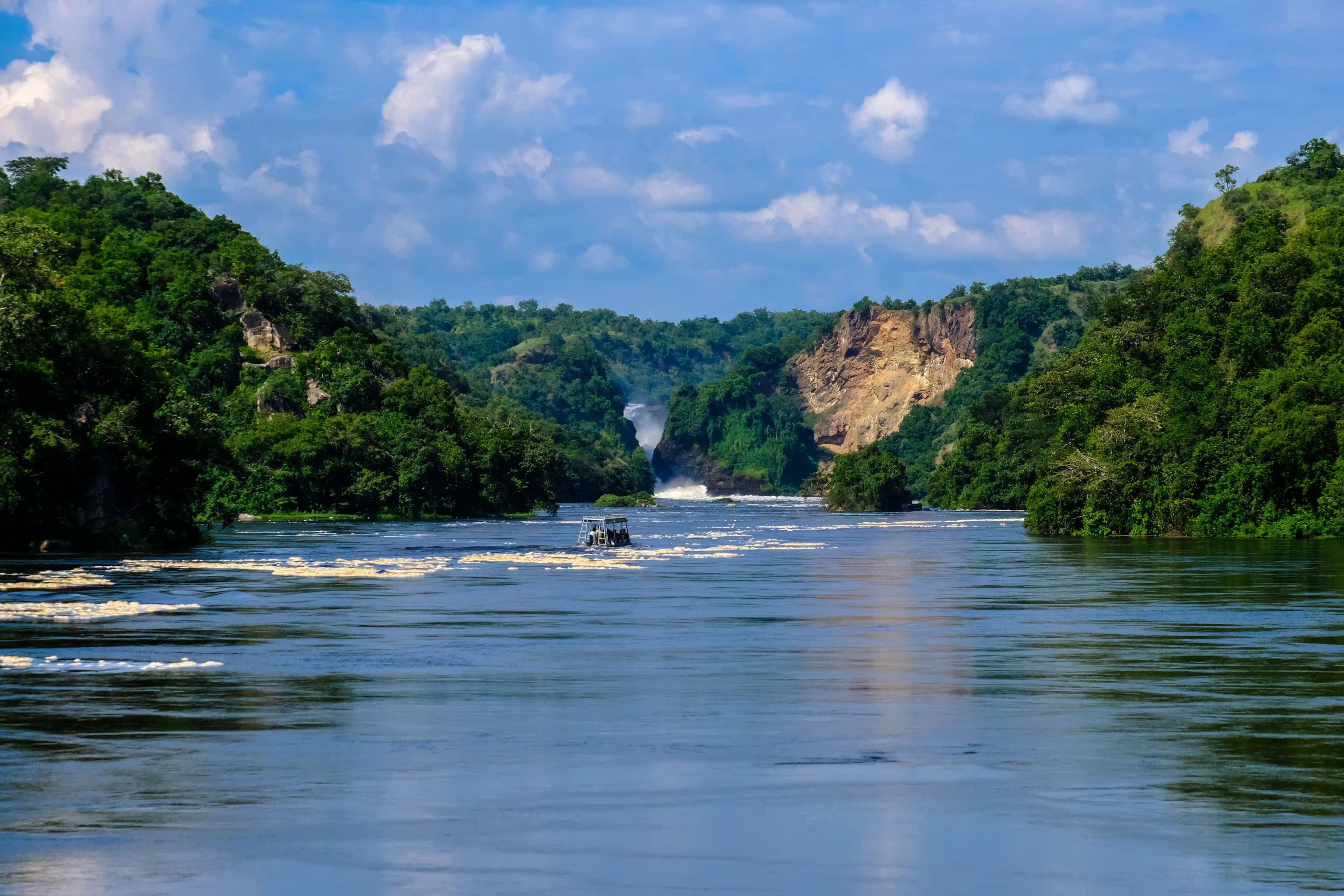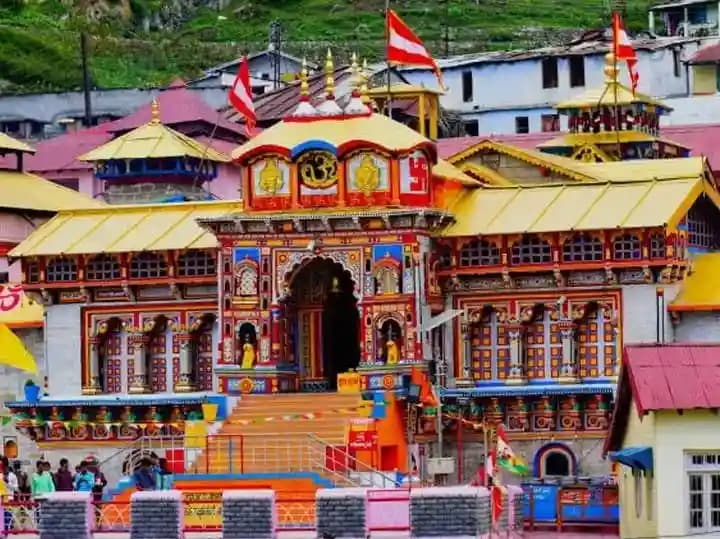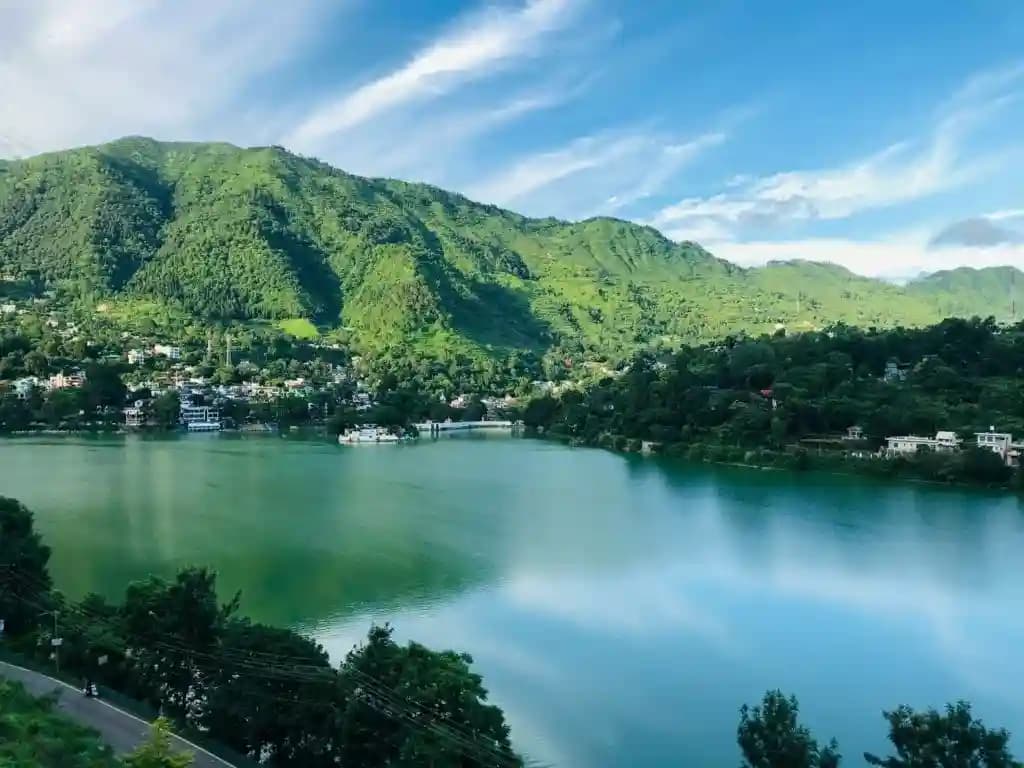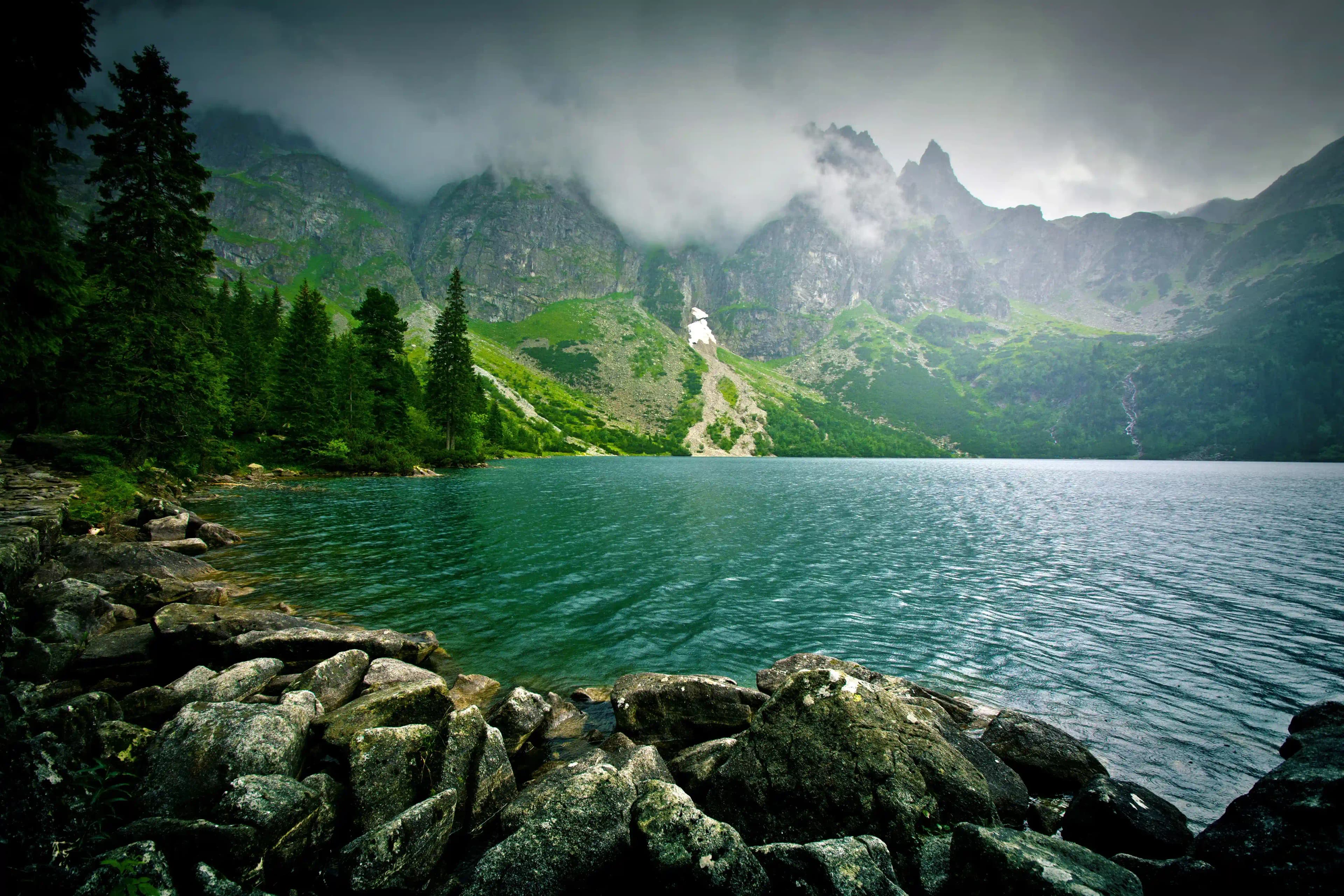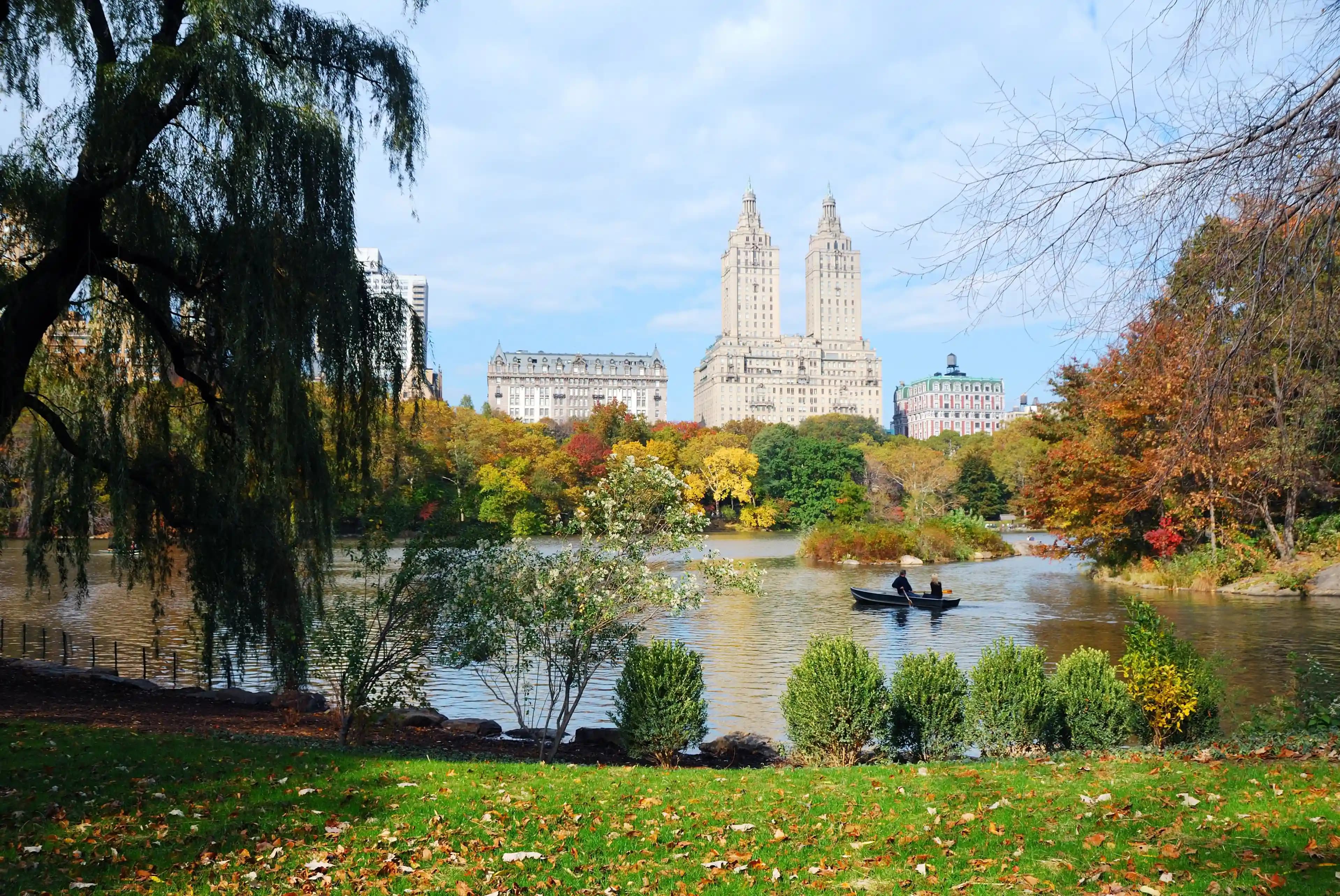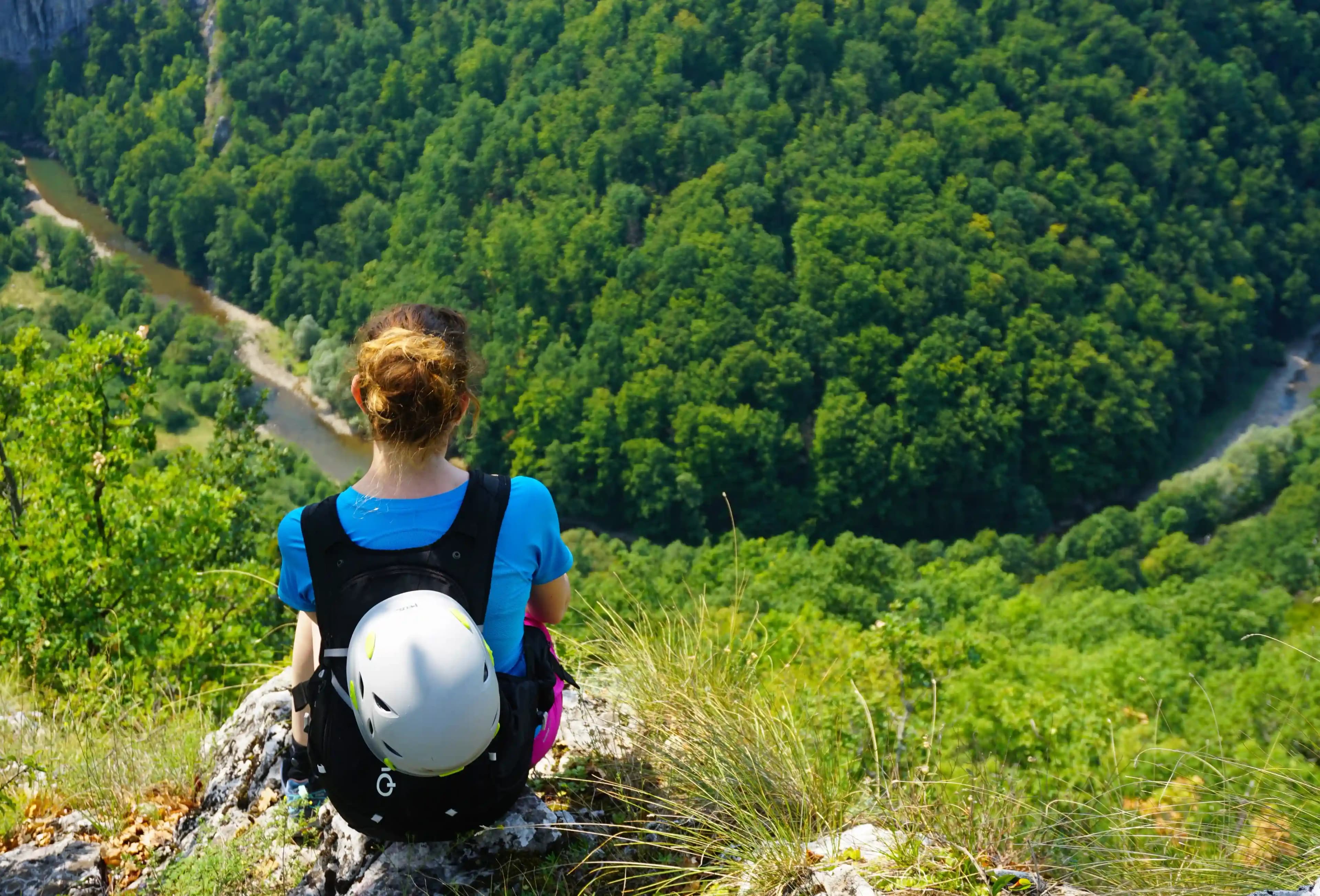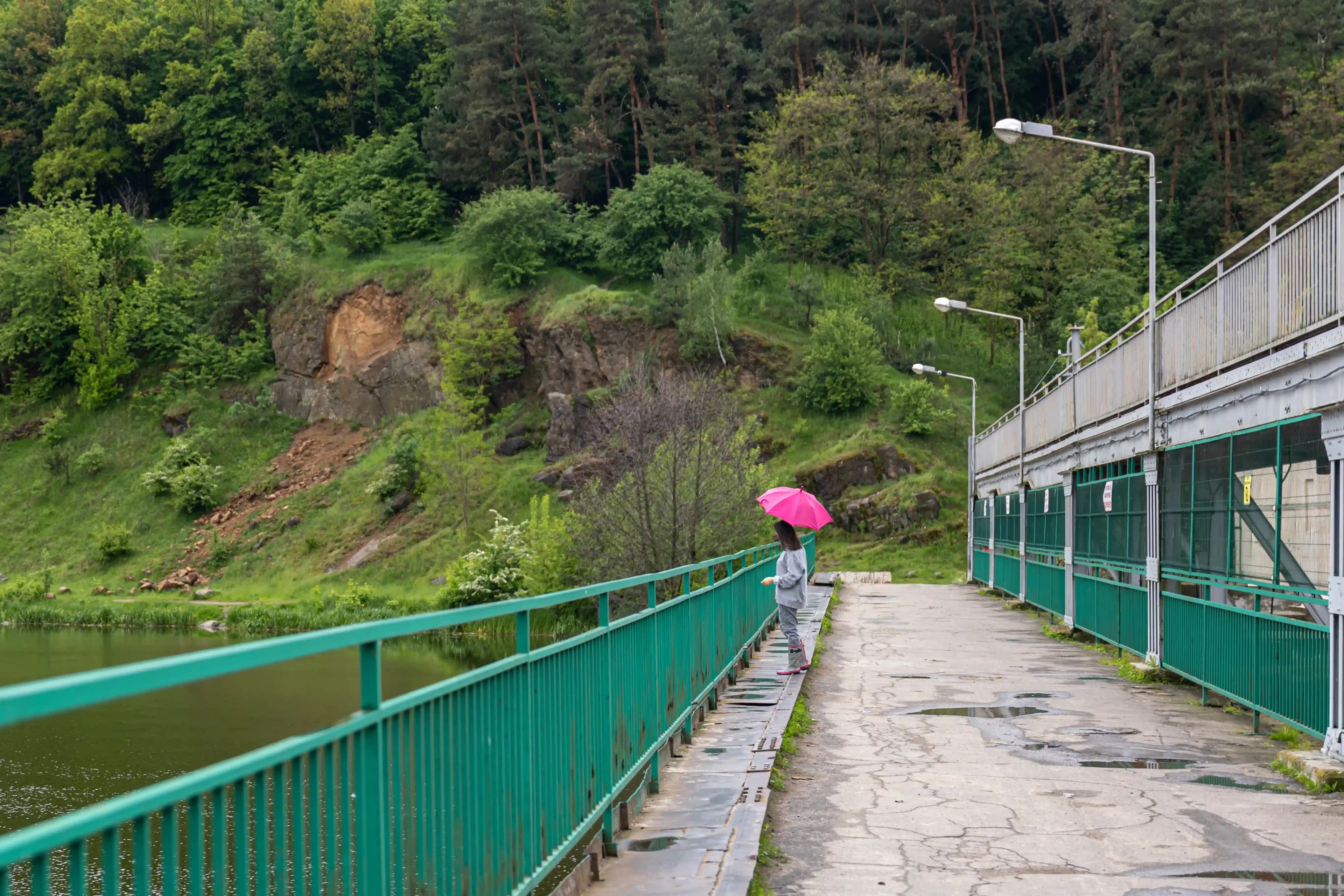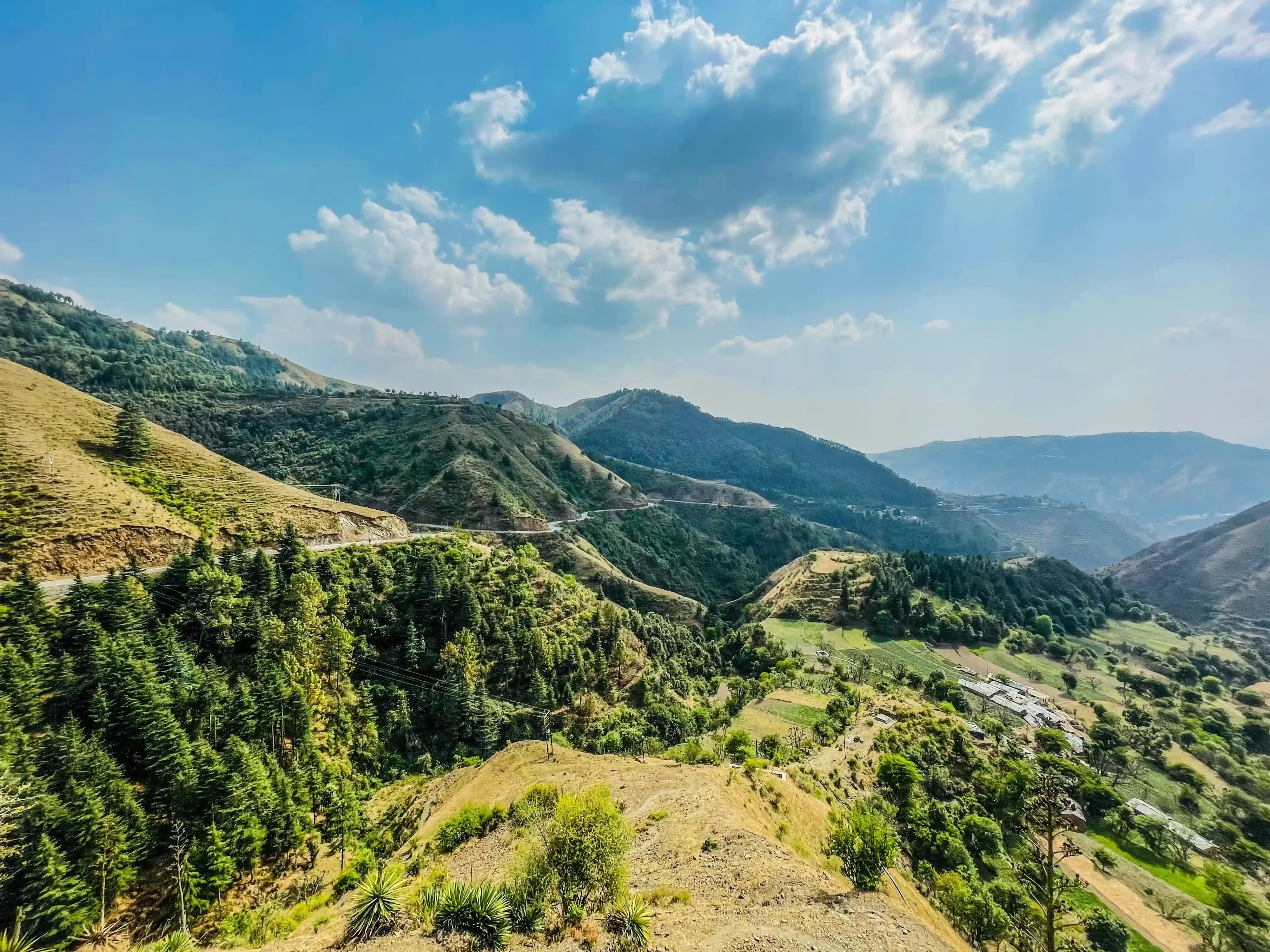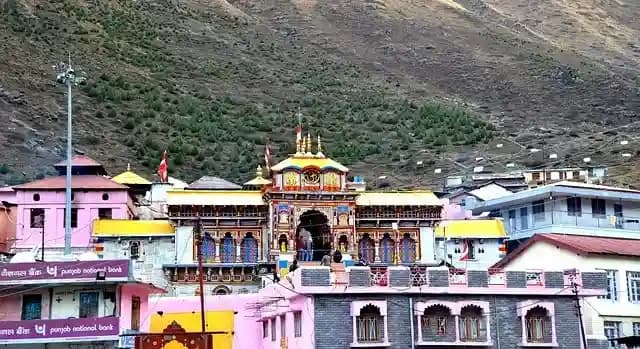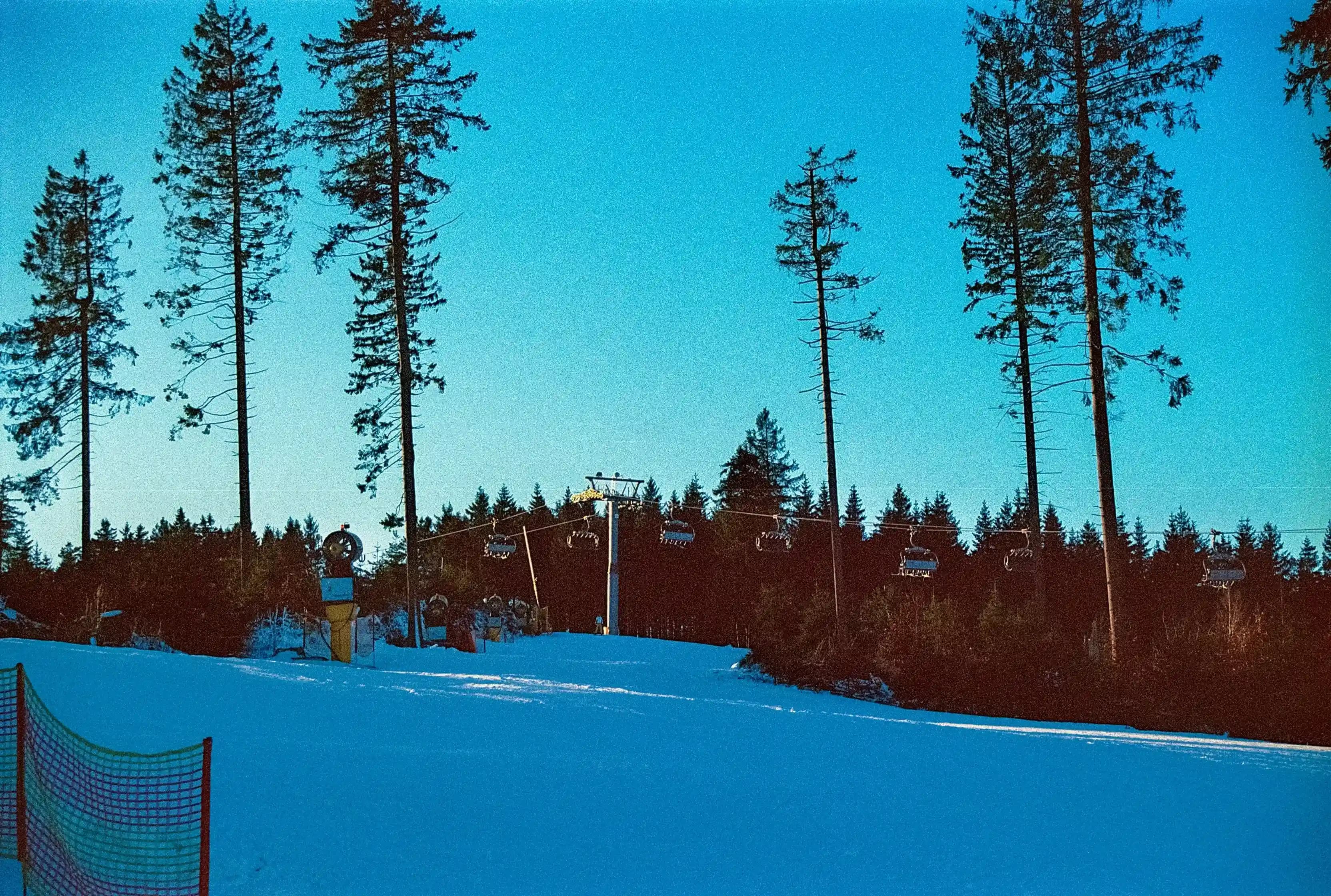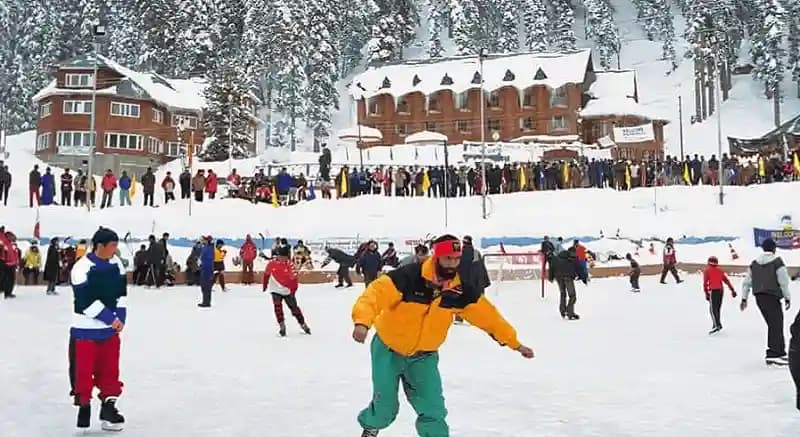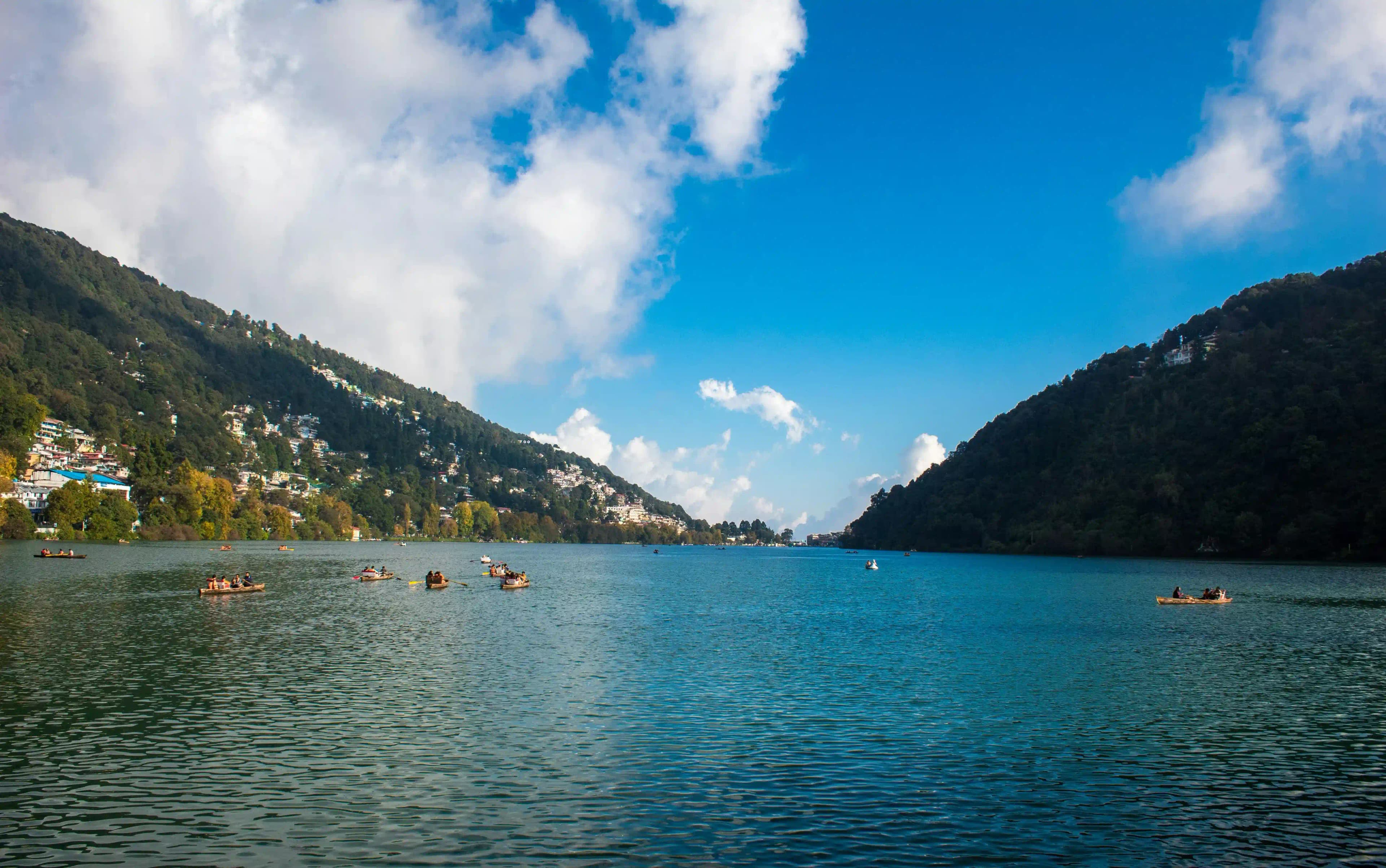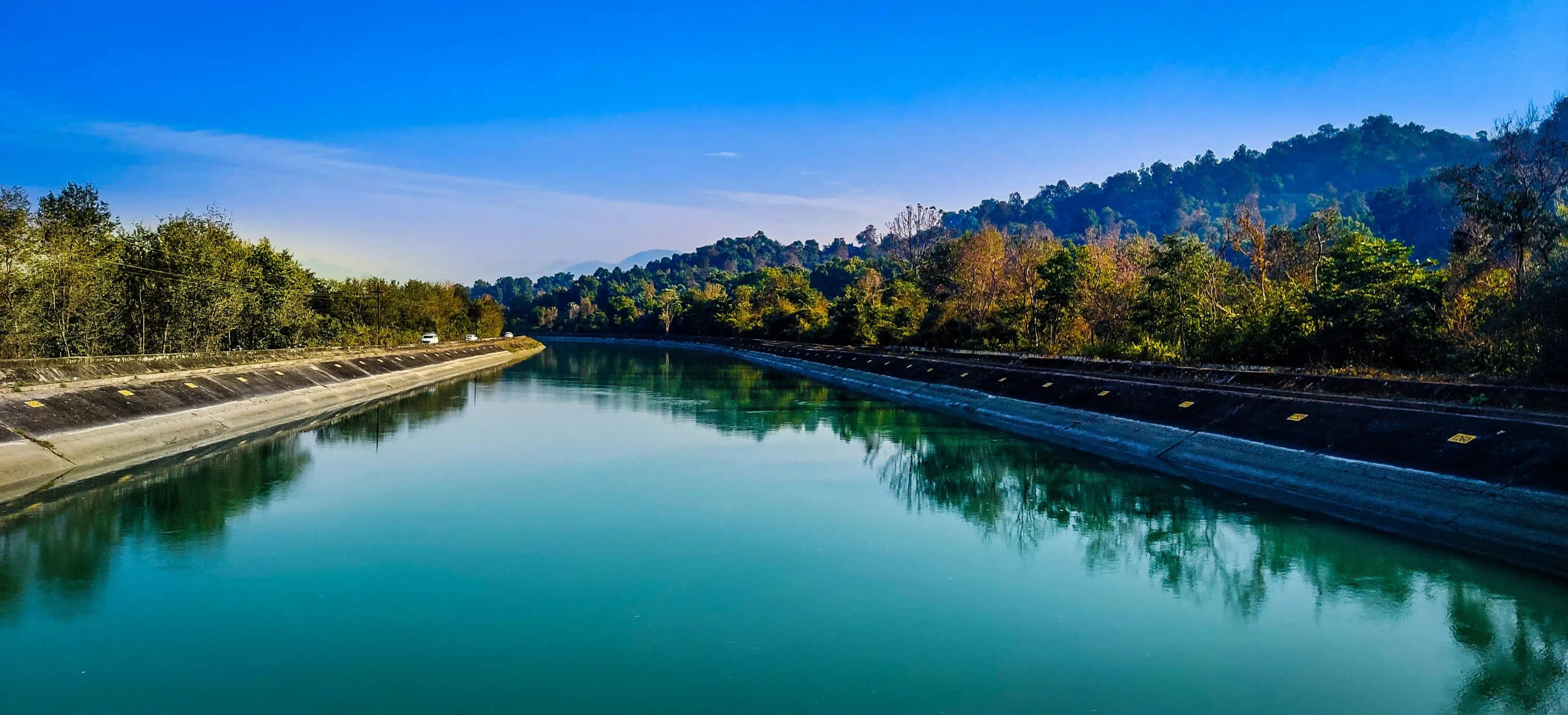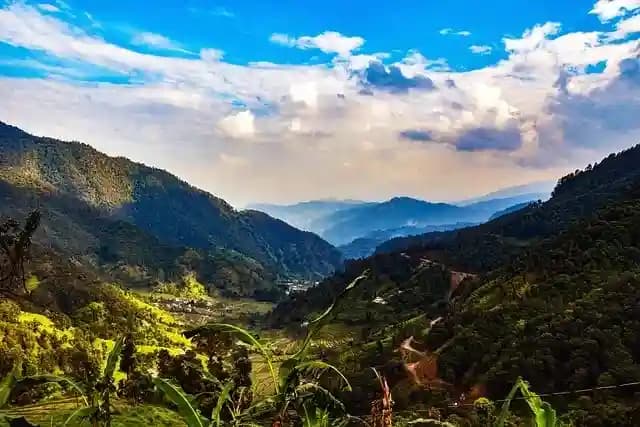Are you desiring to have a nearby short trip to Rishikesh? Then, without any further ado, just start picturing yourself standing on a historical Laxman Jhula bridge, where the serenity of the Ganga’s warm breezes and the beautiful serenity of Rishikesh make you feel alive. Welcome to Laxman Jhula, a place of faith, adventure, and peace! This heroic suspension bridge isn’t just a pass over the river. It’s a trip through time and spirituality. If you are seeking peace, or you are the one who is an adventure enthusiast, or the one who is serious about experiencing India’s rich culture, then explore Laxman Jhula with the Rishikesh tour package that provides you with a unique blend of experiences that you can cherish forever.
Historical Significance of Laxman Jhula
Laxman Jhula Rishikesh history is not just about a bridge; it’s a place filled with stories of legends and faith. Here, Lord Laxman, the younger brother of Lord Rama, crossed the River Ganga on a bridge made of jute ropes to meditate and perform penance on the other side of the Ganga. His act of devotion and purity made this place sacred, and from then onwards, people see it as a symbol of faith.
The original Laxman bridge was constructed in 1889 and was made of jute ropes and served as a crucial crossing point for pilgrims and locals. Later on, it was reconstructed with iron cables in 1939 to provide a safer and more durable structure. This bridge connects Tapovan and Jonk making it a key link in Rishikesh direction for pilgrims and travelers alike.
Highlights of Laxman Jhula
Laxman Jhula is one of the most iconic landmarks in Rishikesh, blending myth, faith, and stunning architecture. Let’s know about its key highlights for more details:
Laxman Jhula Location: Rishikesh, Uttarakhand, India
Laxman Jhula design: Suspension bridge made of iron
Laxman Jhula Length: Approximately 450 feet (137 meters)
Laxman Jhula Height above river: Around 70 feet (21 meters) above the Ganges River
Construction Year of Laxman Jhula: Completed in 1929
Laxman Jhula Built Over: River Ganga (Ganges)
Usage of Laxman Jhula: Pedestrian and two-wheeler bridge (no four-wheelers allowed)
Laxman Jhula Connects: Tapovan (Tehri Garhwal district) and Jonk (Pauri Garhwal district)
Material used in Laxman Jhula: Constructed with steel cables and an iron structure
Best Time to Visit Laxman Jhula

The best time to visit Laxman Jhula Rishikesh Uttarakhand is between october to April when the Laxman Jhula weather is cool and calm. The monsoon (July to September) is characterised by heavy rains that can make an area slippery and not very accessible. Therefore, it would be better to plan your visit during the colder, drier months to have a nice visit.
How to Reach Laxman Jhula
Travelling to Laxman Jhula Rishikesh is easy, with more than one conveyance available:
By Air: The closest airport is Jolly Grant Airport at Dehradun, about 35 km distant.
By Train: Rishikesh Railway Station is approximately 6 km away from the Bridge.
By Road: Regular buses and taxis operate from other major cities to Rishikesh.
Getting off in Rishikesh, then an auto-rickshaw or a short walk will get you to the bridge.
Places to Visit Near Laxman Jhula
There are various places to visit in Rishikesh particularly near Laxman Jhula that will fascinate you in the same manner or even better, as per your preference. The top 5 places to visit near this bridge are:
1. Ram Jhula
Another famous suspension bridge is Ram Jhula. The distance from Ram Jhula to Laxman Jhula is approximately 2 kilometers.This bridge is bigger compared to Laxman and is less crowded. Walking across, you will see sages in deep meditation, yogis doing asanas, and pilgrims at the forefront offering flowers to the Ganges below. The bridge links Sivananda Ashram and Swarg Ashram, which are two of the highly venerated spiritual centres; thus, it is an important vein of Rishikesh’s devotional life. You can also explore Ram Jhula to Laxman Jhula distance, which is around 2 km, making it a pleasant walk across the riverfront.
2. Tera Manzil Temple (Trayambakeshwar Temple)
This colossal, 13-story wonder guarded by Laxman Jhula with its magnificently decorous front is a work of colour and devotion. Tera Manzil Temple is designed in such a way that each of its floors is filled with shrines of different Hindu gods, providing a spiritual climb as you use its winding stairs. The higher you go, the more the silence is. Devotees visit here for prayers, and travellers enjoy the lovely atmosphere and the architecture.
3. Neelkanth Mahadev Temple
Located amidst thick woods and harsh hills around 32 km away from Laxman Jhula, Neelkanth Mahadev temple is a pilgrimage to one’s body and soul. Based on legend, the churning of the cosmos spewed forth poison from the ocean here, and Lord Shiva drank it- and turned his throat blue, hence the name Neelkanth. As you enter, there is a warm welcoming vibe of the temple- colourful carvings and the colourful statues describing various events in the life of Shiva. This place is a must-visit to feel the divine experience of how nature can be so gorgeous.
4. Beatles Ashram (Chaurasi Kutia)
The Beatles Ashram is a sign of the legendary band’s famous transformation in 1968. Officially named Chaurasi Kutia, the ashram was mildly alive with the sounds of meditation and music, but now it is a tranquil ruin with its walls painted by spectacular murals and graffiti inspired by that trip by the Beatles. There are caves to meditate in, yoga halls, and open plains where the voices of creative genius still echo.
5. Parmarth Niketan Ashram
Parmarth Niketan is Rishikesh’s biggest and most peaceful,ashram situated on the banks of the Ganges. It is a paradise for spiritual seekers who are on leisure vacations, and it provides them with daily yoga sessions, meditation topics and Ayurvedic massages in the backdrop of lovely gardens and never never-boring river. The ashram also welcomes international yoga festivals and spiritual discourses, and is visited by visitors from all over the world.Aside from its programs, Parmarth Niketan is famous for its beautiful Ganga Aarti, at which hundreds come together every day for prayers and music in respect of the sacred river.
Things to Do at Laxman Jhula
There are various things to do in Rishikesh and one of them is exploring the Jhula that will amaze you. The best 5 things to do here includes:
1. Walk Across the Historic Bridge

Crossing over Laxman Jhula is an experience of India’s living mythology and a sensory odyssey at one place. With the soothing tones of the pilgrims, locals, as well as other travellers, you are welcomed to this historic suspension bridge. Below this sacred river Ganges flows with full elegance, its waters giving a shimmering show of emerald and silver.
The tiny tremble of the bridge gives a touch of thrill at every step, making you feel full of adventure. You’ll get to see sadhus meditating, temple bells ringing and monkeys scampering about across the railings.
2. Visit the Laxman Temple
A few kilometers away from the location, you will find Laxman Jhula temple, where you can witness architectural marvel and a holy sanctum of tranquillity. According to legends, Lord Laxman, brother of Lord Rama, meditated here. The temple’s frontage comes alive with tracings of artistic carvings in bright colours, which depicts the era of profound devotion. Inside the temple you will get to witness oil lamps and the air filled with fragrance of sandalwood and incense. It is the perfect place where visitors stop to pray or spend some time in peace.
3. Explore the Local Markets

Exploring the local markets of Rishikesh is the best thing to do for a shopaholic. The market’s bells come to life just off the bridge with the chattering noise of market stalls. Artisans and shopkeepers gleefully prick out handcrafted gems, the beaded malas, fragrant spices and the colourful fabrics of India’s wealth of heritage. There are yoga mats, Ayurvedic products, and cute souvenirs, to name a few. The hustle is accompanied with the warmth of the locals making for a once in a life time shopping experience.
4. Enjoy River Rafting

Laxman Jhula is not just a sacred spot; it also opens doors to various adventurous sports in Rishikesh that thrill-seekers can enjoy. It is a gateway to one of India’s best river rafting, for thrill seekers. The Ganges here is not only sacred; it’s wild and thrilling, featuring rapids of varying difficulty, from the beginning to the hard ones. Placed in safety gear and under the directions of professionals, you will travel through the foamy white waves among dramatic cliffs, dense forests, and chants of far-off temples. Many rafting points start near Shivpuri to Laxman Jhula distance, around 15 km.
5. Witness Ganga Aarti at Triveni Ghat
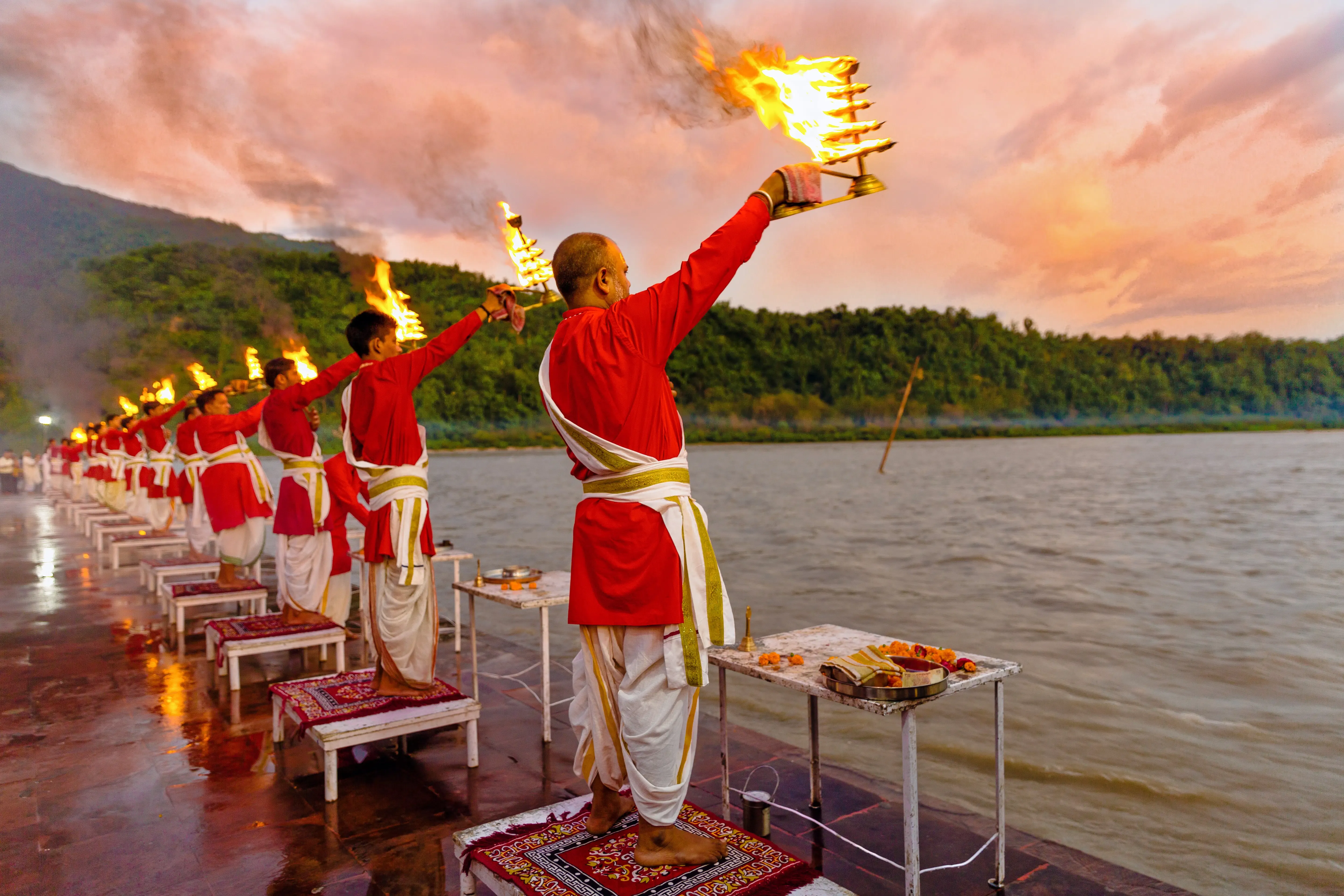
A trip visit to Rishikesh is incomplete without witnessing Ganga Aarti, and Triveni Ghat, which happens near the Laxman Jhula. The distance of Laxman Jhula to Triveni ghat is around 4.5 to 5 kilometers. As the sun sets, priests in long saffron robes follow a coordinated ritual, reflecting the great ancient culture. Hymns and mantras surrounds the atmosphere with the sound of clapping by devotees. Small diyas (lamps) that are set afloat hold wishes and prayers downstream, forming an enchanting sight of hope and light. The Aarti is a very sentimental ceremony that stays with you long after the final bell has sounded.
Conclusion
Laxman Jhula is not only a bridge; It is a door to the spiritual-cultural heart of Rishikesh, which is a must-visit. Whether history, adventure or spiritual quest is your key attraction, this world-famous landmark attracts everyone to itself. Don’t miss out on visiting this architectural marvel if you plan to visit Rishikesh. So pack away your bags and take off on a trip that will be not just enriching and enlightening but also adventurous and thrilling.
